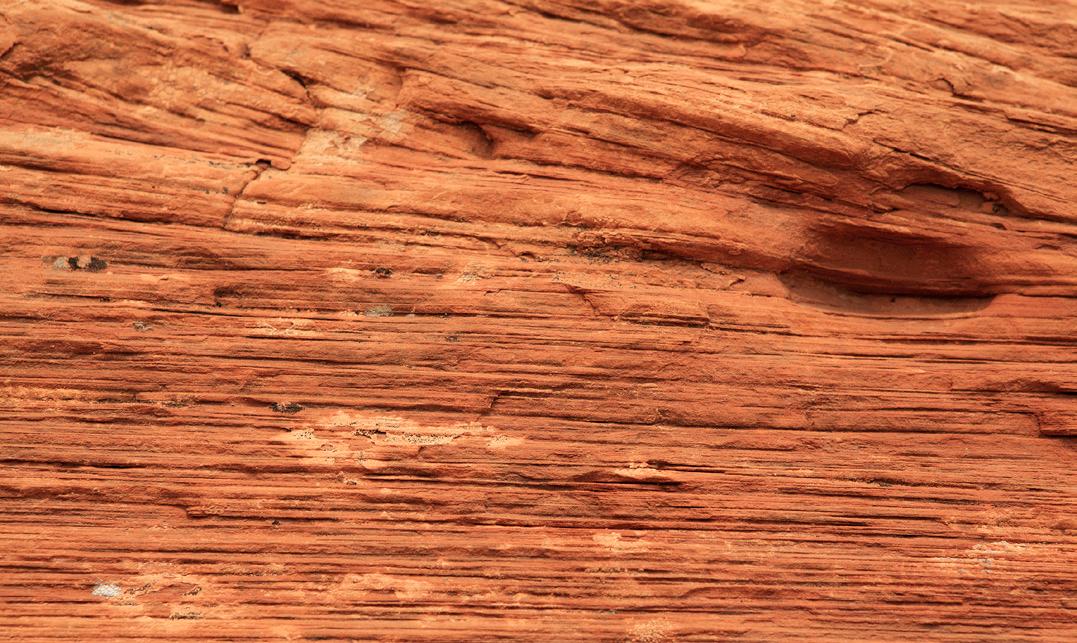OUTCROP
Newsletter of the Rocky Mountain Association of Geologists




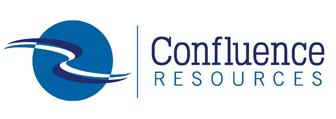
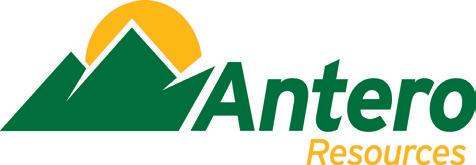
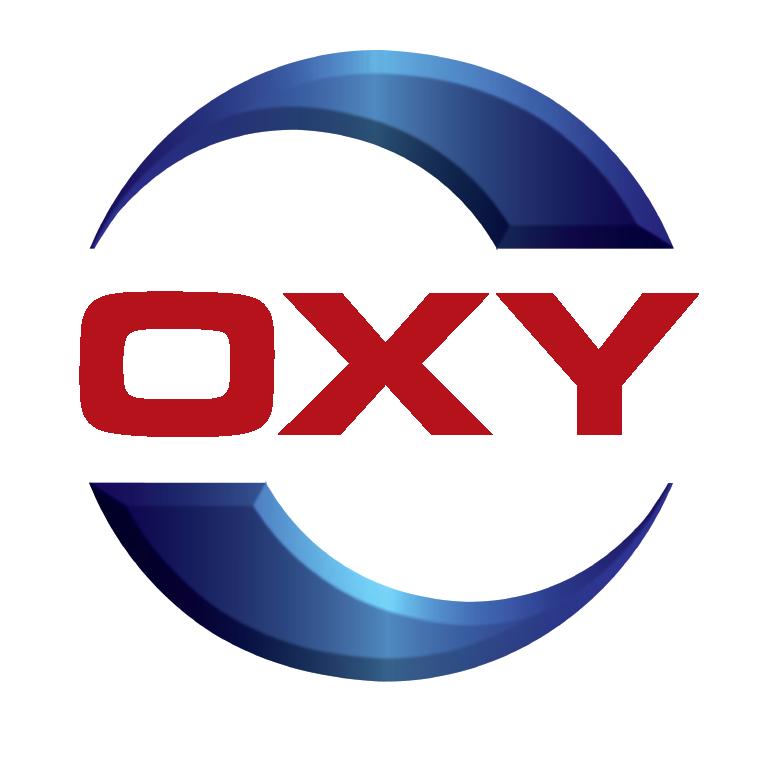

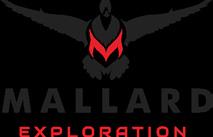




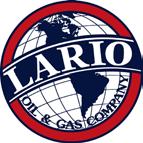


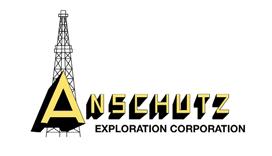
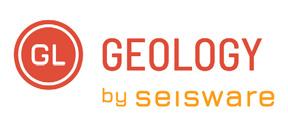
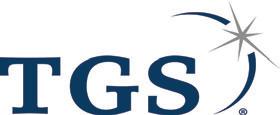



1999 Broadway • Suite 730 • Denver, CO 80202 • 720-672-9898
The Rocky Mountain Association of Geologists (RMAG) is a nonprofit organization whose purposes are to promote interest in geology and allied sciences and their practical application, to foster scientific research and to encourage fellowship and cooperation among its members. The Outcrop is a monthly publication of the RMAG.
PRESIDENT
Rob Diedrich rdiedrich75@gmail.com
PRESIDENT-ELECT Ben Burke bburke158@gmail.com
1st VICE PRESIDENT Courtney Beck Antolik courtneyantolik14@gmail.com
1st VICE PRESIDENT-ELECT Ron Parker parkero@gmail.com
2nd VICE PRESIDENT Mark Millard millardm@gmail.com
2nd VICE PRESIDENT-ELECT Matt Bauer matthew.w.bauer.pg@gmail.com
SECRETARY Sandra Labrum slabrum@slb.com
TREASURER Mike Tischer mtischer@gmail.com
TREASURER ELECT Anna Phelps aphelps@sm-energy.com
COUNSELOR Jeff May jmay.kcrossen@gmail.com
Rates and sizes can be found on page 51. Advertising rates apply to either black and white or color ads. Submit color ads in RGB color to be compatible with web format. Borders are recommended for advertisements that comprise less than one half page. Digital files must be PC compatible submitted in png, jpg, tif, pdf or eps formats at a minimum of 300 dpi. If you have any questions, please call the RMAG office at 720-672-9898.
Ad copy, signed contract and payment must be received before advertising insertion. Contact the RMAG office for details.
DEADLINES: Ad submissions are the 1st of every month for the following month’s publication.
CO-EDITORS Courtney Beck Antolik courtneyantolik14@gmail.com Nate LaFontaine nlafontaine@sm-energy.com
CONTRIBUTING EDITORS
Elijah Adeniyi elijahadeniyi@montana.edu
Marlee Cloos marlee.cloos@bpx.com Danielle Robinson danielle.robinson@dvn.com
RMAG Office: 720-672-9898 Fax: 323-352-0046 staff@rmag.org or www.rmag.org
DESIGN/LAYOUT: Nate Silva | nate@nate-silva.com
Vol. 71, No. 12 | www.rmag.org
Vol. 71, No. 12 | www.rmag.org
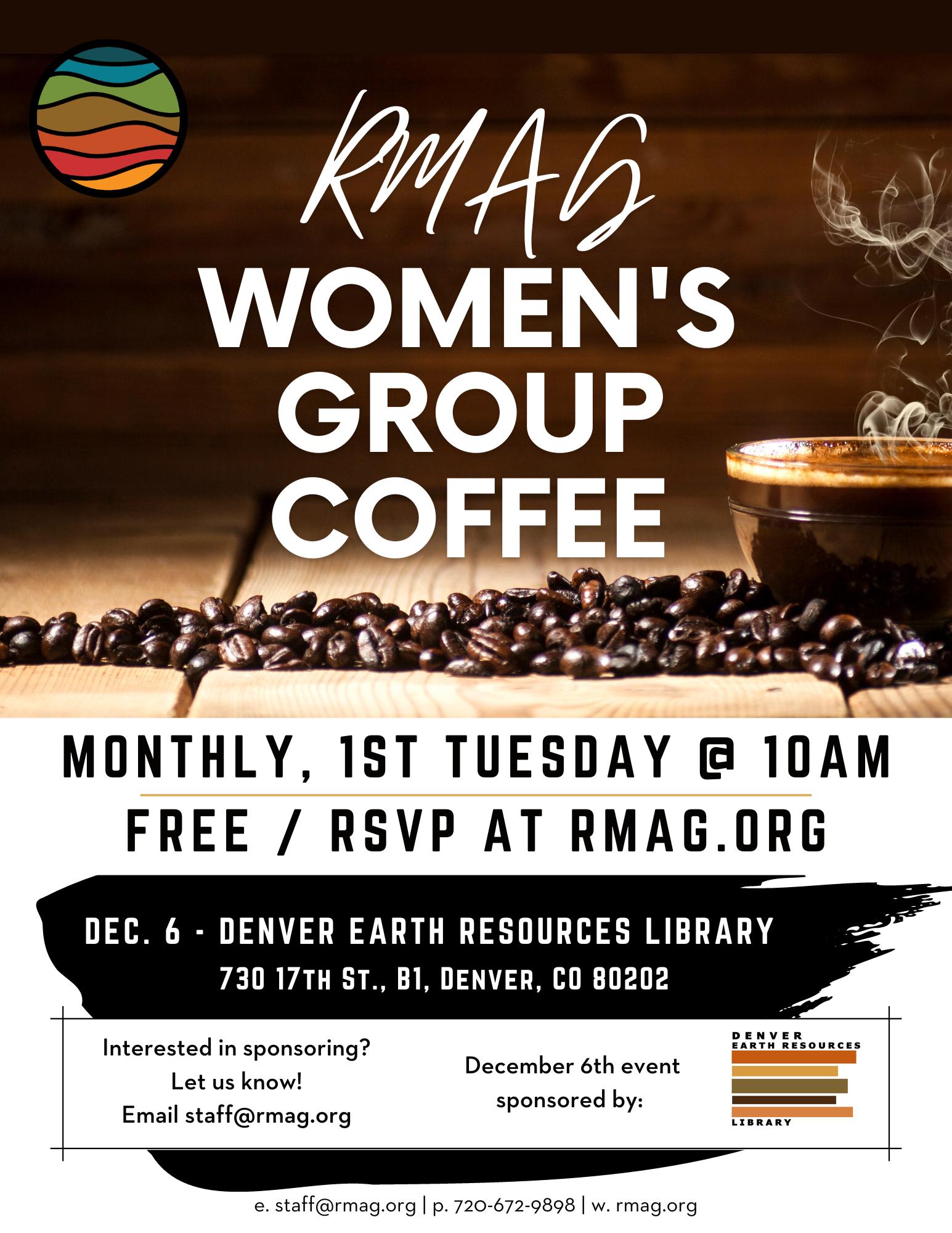

Gypsum- and calcite-crust lined passage in the Gypsum Annex of Lehman Caves. The walls were covered with micro-crystalline gypsum “paste” at the time the cave actively formed an estimated 8 Ma or more as sulfuric acid condensation converted the surface of the marble walls to gypsum.
Photo by Dave Bunnell.



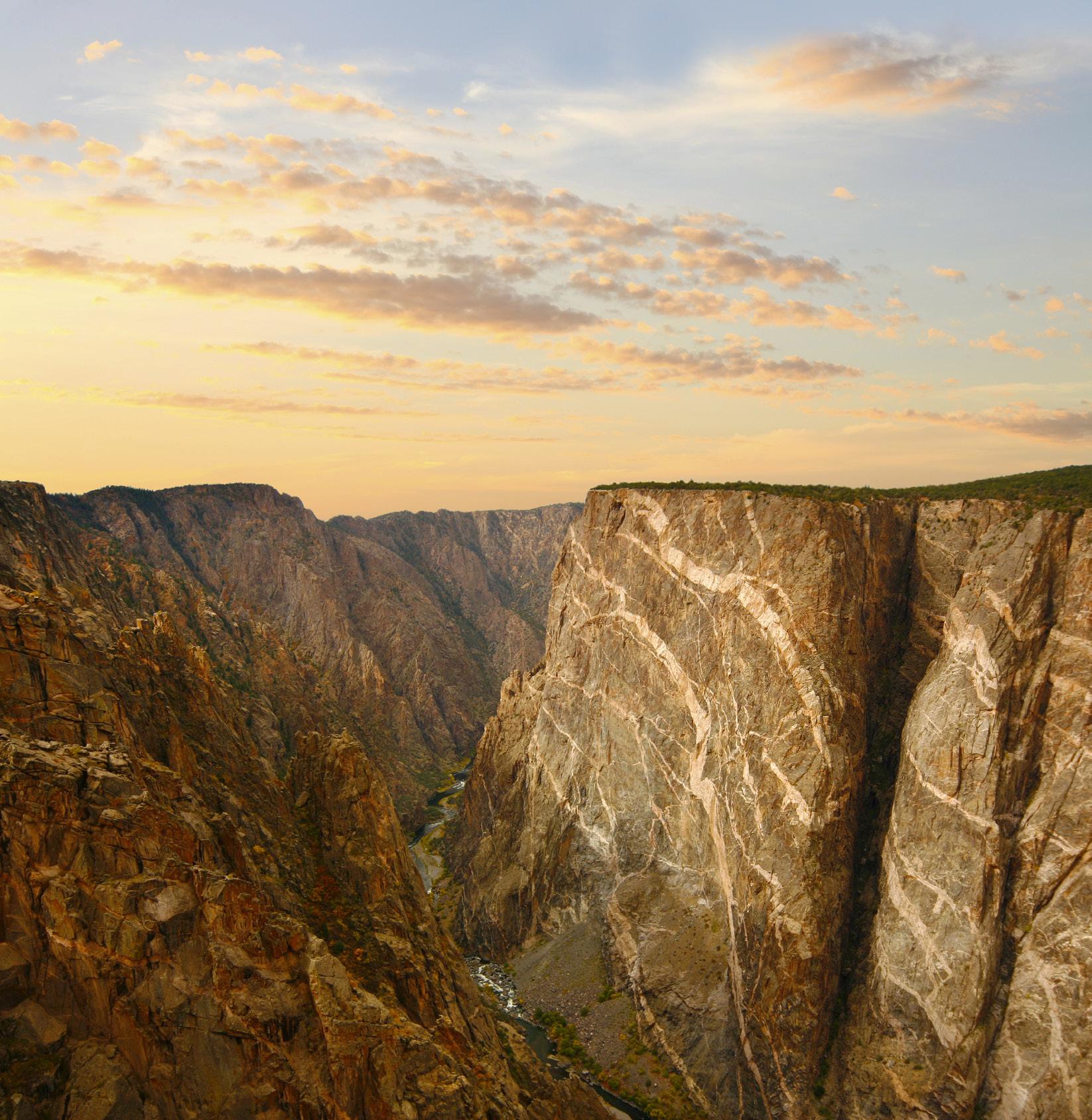
October 20, 2022
Geoscience Community:
We greatly appreciate every Summit Sponsor and Event Sponsor that has contributed to RMAG over the last year. We could not exist without your support.

In RMAG’s 100th year we have emerged from the global pandemic to return to many of RMAG’s beloved programs, and we created new programing to meet the needs of our members and the greater geoscience community. Monthly luncheons returned to in person, with the addition live streaming. The 2022 Golf Tournament sold out bringing over 100 golfers out for a great afternoon together. The Powder River Basin Symposium offered two days of talks and core viewing to a packed room with attendees from across the country. Members young and old celebrated RMAG’s past and future at the 100th Anniversary Party. But that’s not all, the Diversity and Inclusion Committee in conjunction with Education Outreach attended numerous community outreach events from Girl Scout Days at Dinosaur Ridge to the Juneteenth Festival, sharing our members love of the geosciences with the next generation. Short courses were held both in person and online creating educational opportunities for members in Denver and across the country.
2023 brings new opportunities for RMAG. Your sponsorship dollars will help RMAG bring to fruition the 2023 North American Helium Symposium, an exciting Field Trip season, and a dynamic list of luncheon speakers on topics ranging from the state of the industry to the Williston Basin to geothermal energy storage. These dollars will allow RMAG Members to impact the next generation at outreach events throughout the community and provide opportunities for the geoscience community to connect and build their network. We’re looking forward to seeing everyone on a more regular basis.
Your sponsorship dollars support our excellent publications including the monthly Outcrop newsletter and the quarterly Mountain Geologist journal We recognize your financial commitment with in-person signage, website and publication advertising, as well and social media posts before each online event. With a LinkedIn group of almost 3000 members, we make our sponsors visible to the geoscience community for both virtual and in person events.
Thank you to those who are already a Summit Sponsor, we look forward to your continued support in 2023. If you are not already a sponsor, please look at the many complementary benefits included with the sponsorship levels. If our annual sponsorships don't make sense for your company, or you wish to sponsor something specific, ask about our single event sponsorship opportunities. Please feel free to contact our staff with questions by email: bcrowther@rmag.org or by phone at 720-672-9898 ext. 102.
We and the staff of RMAG thank you all for your continued support and look forward to seeing you in person this year.

P: (720)672 9898 staff@rmag.org www.rmag.org
www.rmag.org
730 17th Street, B1 Denver, CO 80202
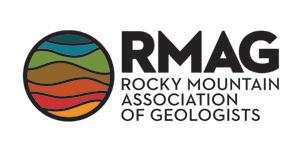


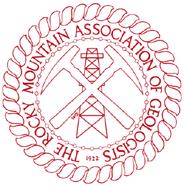
Hi everyone! Happy Holidays! Since it’s such a busy time of year I’m going to keep it snappy this month!
The November Board of Directors meeting took place November 16th, 2022, at 4pm via Microsoft Teams. All board members expect two were present. The Finance committee provided an overview of the financial situation. The Board also approved the bud get for 2023.
The Continuing Education Committee is con tinuing to host hybrid lunches with great success. In December the lunch speaker will be Mitch Schnei der discussing San Andreas Co2 Sequestration. The Membership committee is partnering with the Diver sity and Inclusion committee to continue to host the RMAG Women’s Group. We are continuing to have cof fee the first Tuesday of every month be sure to join us at DERL Dec 6th . The Membership Committee and
Bridget have outlined four main events for the mem bership next year, so be on the lookout for some ex citing events. The Publications Committee is hard at work publishing the Outcrop and the Mountain Geol ogist. The Educational Outreach committee has been very busy engaging the local community. They had a very productive time at the Colorado Science Con ference which lead to many new RMAG members!
On the Rocks, has finished field trips for the year and are already hard at work brainstorming ideas for the 2023 season. Finally, Diversity and Inclusion commit tee has been hard at work bringing you member cor ners in each Outcrop as well as cohosting the women’s group coffee.
I hope you all have a fantastic month and ladies of RMAG mark your calendars for our recurring coffee event on December 6th at DERL. Until next time!
Why contribute?
• Reach a broad industry and academic audience
• Quarterly peer reviewed journal
• Permanent archiving includes AAPG Datapages
• Quick turn around time
• Every subdiscipline in the geosciences
Expanded geologic focus:

• Entire greater Rocky Mountain area of North America
• West Texas and New Mexico to northern British Columbia
• Great Plains and Mid Continent region
Email: mgeditor@rmag.org https://www.rmag.org/publications/the mountain geologist/

Advanced Registration (Dec. 1, 2022 to Jan. 15, 2023)
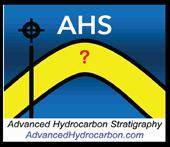
• $400 (RMAG members); $450 (non-members)
Regular Registration (Jan. 16 to Mar. 16, 2023)
• $500 (RMAG members); $550 (non-members)

Expo Booth includes: 6-ft table, 2 registrations, 2 ads
• Early Registration (before Jan. 15): $1400; Regular: $1600
Prospect Fair includes: 6-ft table, 1 registration, 1 ad
• Early Registration (before Jan. 15): $600; Regular: $750


RMAG’s Centennial year is winding down and so is my term as your 2022 pres ident. It has been a great honor and pleasure to serve our association and to work with so many of you. As I reflect on 2022, I am awed by our amazing staff, volunteers and the organizations that support RMAG. I regret that I cannot name everyone who championed RMAG during this milestone year, however, I would like to recognize a few groups and individuals.
RMAG Committees are truly the heart beat of our association. Nearly 50 volun teers serve on RMAG Committees, some contribute to two or three. Their work and dedication are what makes RMAG tick and guarantees our success. Each committee had an incredible year, and I could fill this Outcrop issue with their accomplishments. Instead, I’ll note a few favorite 2022 highlights:
2022 RMAG Staff and Board of Directors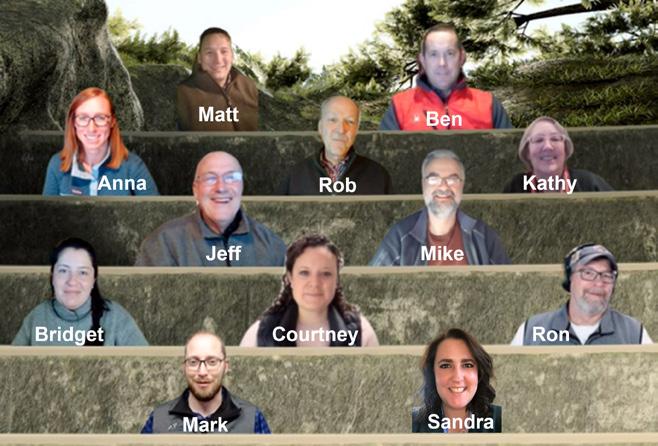
scheduled on the first Tuesday of the month. You can RSVP on the RMAG website.
• The Continuing Education Committee brought us back to Maggiano’s for in-person lunches with the added bonus of streaming the presentations online. Nearly one-third of our lunch attendees participate virtually, many of them out of state. This has prov en to be an effective way to extend and disseminate our technical content.
• The On the Rocks Committee ran a popular slate of field trips including the first RMAG raft trip in years, a guided float through picturesque outcrops along the San Juan River. Photos taken during the float are worthy of a canyon-country coffee table book. The committee is planning a similar trip in 2023. Watch for details!
• The Membership Committee launched a monthly Women’s Coffee event. These gatherings have been well-attended and offer a great new vehicle for so cial and professional networking. The coffees are
• The Publications Committee produced a special Mountain Geologist issue commemorating 100 years of Rocky Mountain geology in honor of our Centennial. The issue contains ten articles covering a wide range of geoscience themes. It’s a great read, check it out!
• The Education Outreach Committee participated in many fun and engaging outreach activities for students and teachers, including Girl Scout Days at Dinosaur Ridge. Over 110 scouts stopped by the RMAG booth and earned STEM badges by using the scientific method to identify minerals. Their favor ite technique? Taste-testing halite!
• Our Diversity & Inclusion Committee initiated the monthly “Member Corner” in the Outcrop and co-hosted a booth with Dinosaur Ridge staff at the Denver Juneteenth and Pridefest events, engaging nearly 500 kids at each festival with fun hands-on
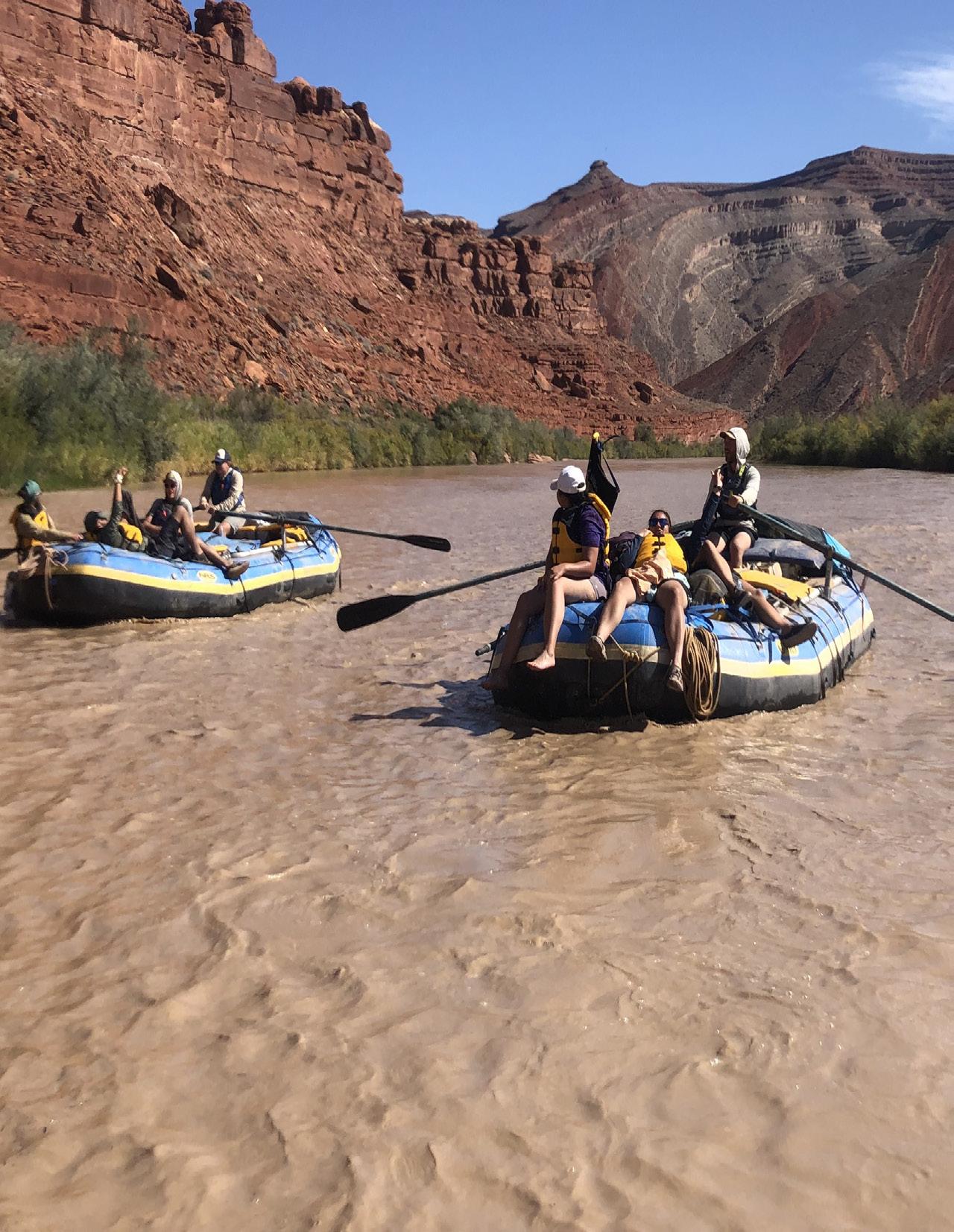

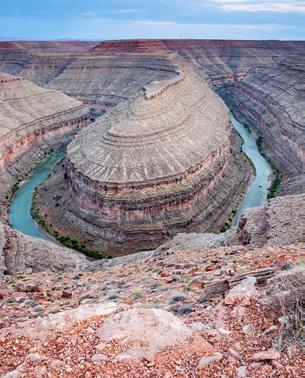
activities. The committee will continue this impact ful outreach next year with plans to participate in additional Denver festivals.
• The Finance Committee conducted a 10-year look back on RMAG’s fiscal health, providing valuable data analysis and insight to help the Board plan for the 2023 budget and RMAG’s future.
Please consider joining one of these RMAG com mittees. It’s a great way to network with other geos while giving back to our geoscience community. I know everyone is busy, however there is a role that fits your bandwidth. As an added incentive, members who join an RMAG committee before February 28, 2023, will receive an RMAG golf shirt with our new, colorful, geology-inspired logo. Contact the RMAG staff for information about right the committee for you. Email: staff@rmag.org

While committees plan and organize RMAG’s es sential programs, our Summit Sponsors provide in valuable financial support to deliver these programs. Without their help, RMAG would not be able to ful fill its mission. Thank you, 2022 Summit Sponsors! (Summit Sponsors | Rocky Mountain Association of Geologists) I hope you and other companies will con sider investing in RMAG’s 101st year. You will ben efit from exposure across a diverse range of RMAG member events including the March North American Helium Symposium--early interest in this event has triggered the organizing committee to increase the venue size!

Finally, I’d like to thank RMAG’s Executive Direc tor Bridget Crowther, Operation’s Manager Kathy Mitchell-Garton, and our 2022 Board of Directors for
your creativity, leadership and dedication. Four of our ten board members will be stepping down after com pleting their two-year terms: Courtney Beck Antolik, our publications have never been better! Mark Mil lard, you kept us engaged and entertained with your luncheon meeting remarks. Jeff May, you’ve been a trusted and sage counsel. Mike Tischer, you’ve proven that accounting is in your DNA, and we are all looking forward to what you will accomplish in your next role as President-elect. Thank you all for your service to RMAG! And best wishes to incoming President, Ben Burke, and the 2023 RMAG Board. RMAG is thriving because of volunteers like you!
In place of a centennial anecdote, I’d like to di rect you to the publications that have document ed RMAG’s first century. The RMAG First Forty Years 1921-1961 (Brainerd & Evans, 1962) and the Moun tain Geologist ‘75 Years of RMAG’ (Kellogg, 1997) contain delightful stories of our past and chronicles RMAG’s rich history. Additionally, Donna Anderson, Jane Estes-Jackson, Matt Silverman and Laura Wray have authored the engaging “Centennial Series” arti cles in this year’s Outcrops.
What can RMAG’s history predict about its future? A theme emerges of an organization that has experienced booms and downturns, yet effectively adapts to changes in business, technology and soci ety. I’m confident that RMAG will thrive as a diverse and member-driven association, and perform its vital roles of promoting interest in the geosciences, fos tering and sharing scientific research, and encouraging professional exchange and fellowship among our members. Cheers to all of you as you build RMAG’s next 100 years!

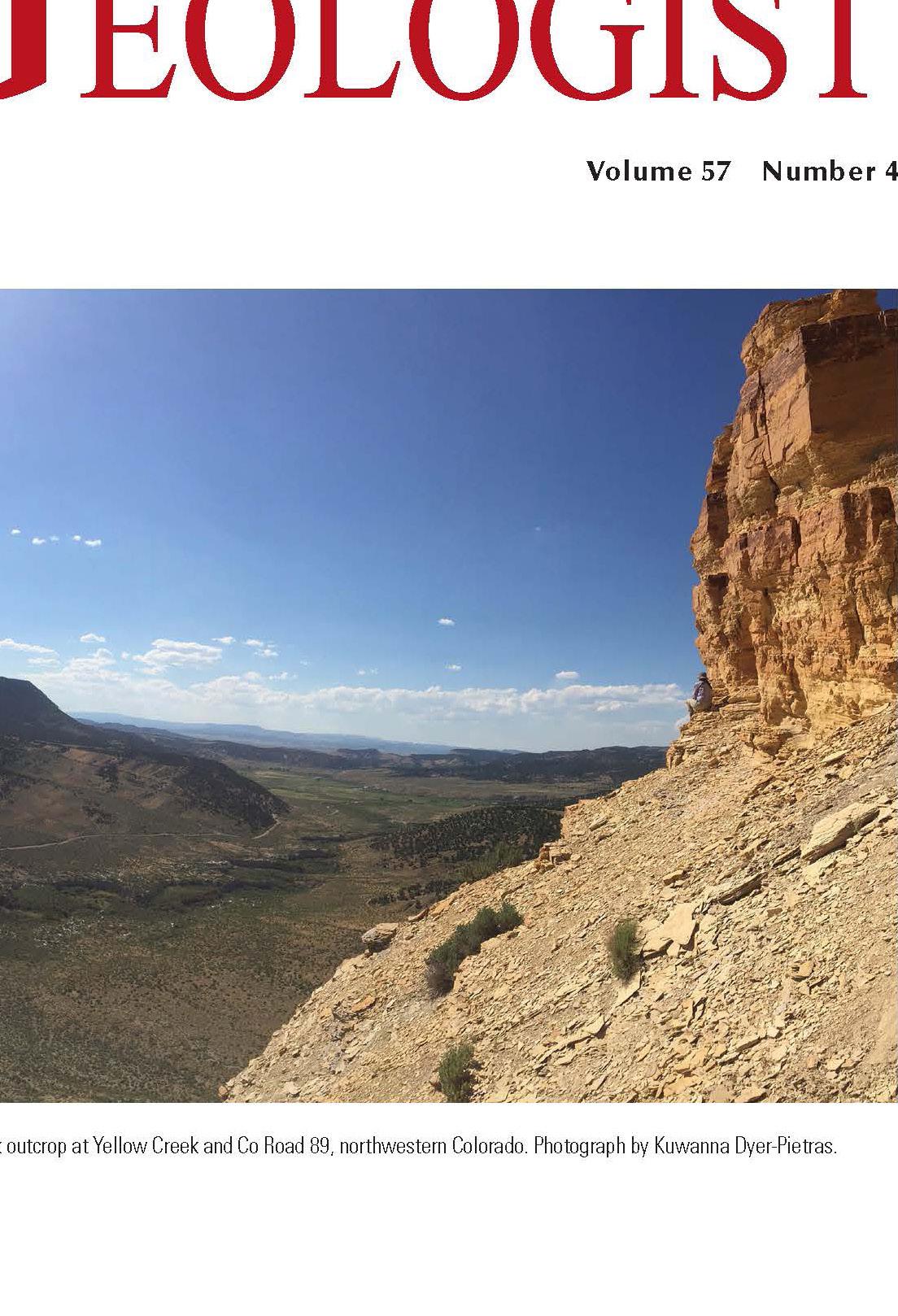
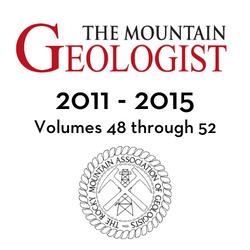
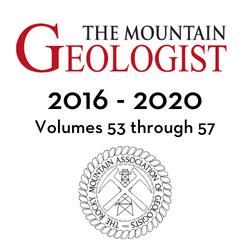

(as I write this article), the same year that the Rocky Mountain Association of Geologist first gathered, a remote, little-known cave in the middle of the Basin and Range Province was declared a national monument. A pros pector and rancher, Absalom Lehman, found the cave and provided tours before the mon ument was established. However, the cave was a remote and backwater stop on a spur road off Highway 50, later dubbed “The Loneliest Highway in America.” Even after the national monument was es tablished, Lehman Caves was only lightly visited and even less studied. Although one continuous cavern rather than several caves, the original plural name has been retained. Attention to this gem picked up in 1986 with establishment of the 77,180-acre Great Basin National Park. Ranger-led cave tours are now a major attraction.
Lehman Caves is beautiful and has profuse sec ondary mineral deposits (speleothems) not com mon in other caves. In addition to the usual stalac tites, stalagmites and flowstone, there are hundreds
of formations known as shields and turnips, which are rare elsewhere. Dripstone and flowstone cov er most of the ceilings, walls, and floors along the approximately one-third mile tour trail. But, to the geologist, all this clutter of stalactites, stalagmites and flowstone camouflages the real story of Lehman Caves’ origins and development. For example, radio metric dating by Matthew Lachniet of University of Nevada – Las Vegas showed one stalagmite to be 2.2 Ma! That was the first strong evidence that the cave is ancient.
If you look at your old Geology 101 textbook, at least if it was written in the 20th century, you were told that limestone (and marble) caves formed from epigenic (derived from the surface) water picking up carbon dioxide in the air and soil forming weak carbonic acid that infiltrated the bedrock, dissolv ing part of it, and then reprecipitated it as calcite in open voids below. This simple model explains many caves throughout the world. In the mid-1980s,
FIGURE 1: Gypsum- and calcite-crust lined passage in the Gypsum Annex of Lehman Caves. The walls were covered with micro-crystalline gypsum “paste” at the time the cave actively formed an estimated 8 Ma or more as sulfuric acid condensation converted the surface of the marble walls to gypsum.
by Dave Bunnell. Used with written permission of the photographer.
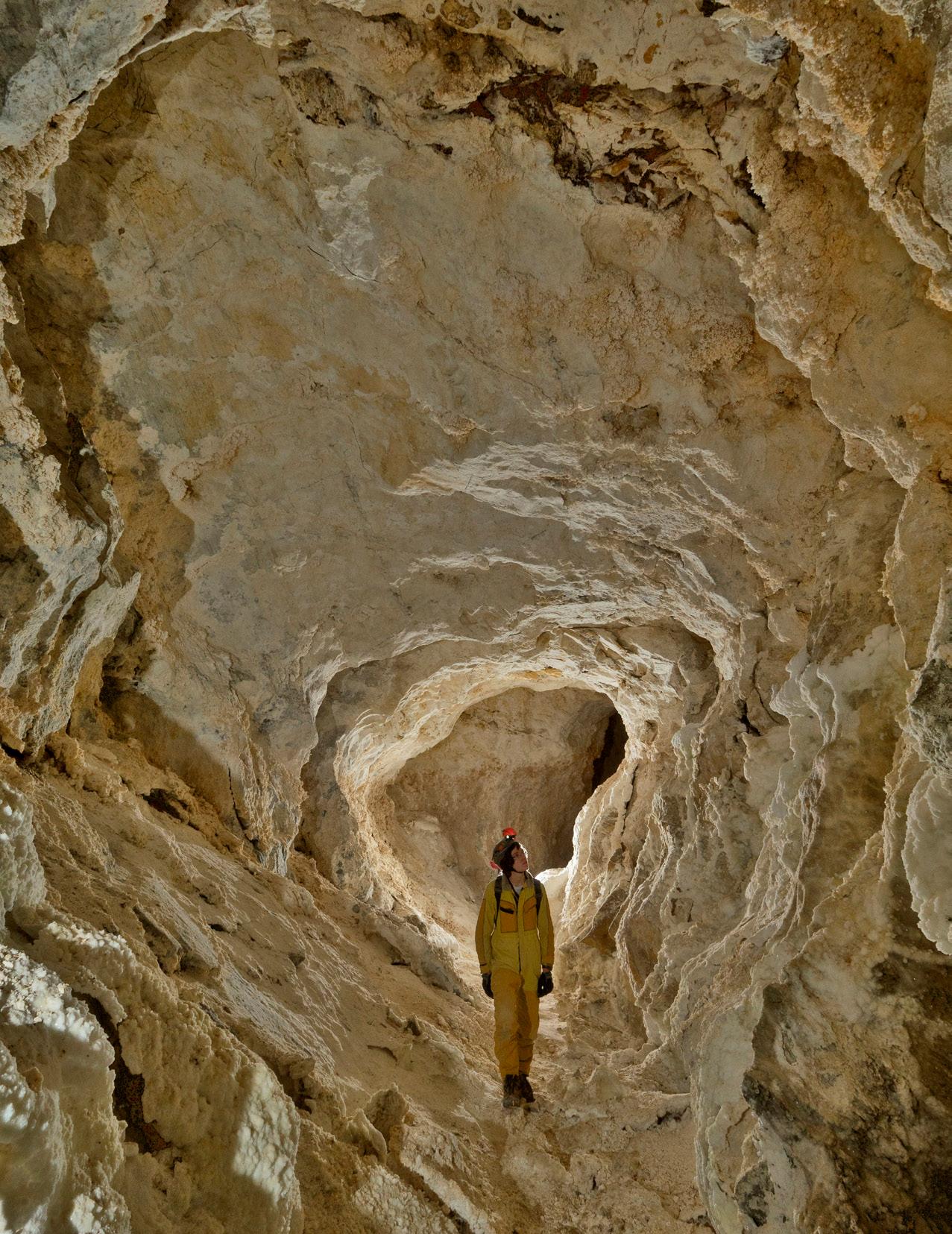 Photo
Photo
speleologists began to recognize the important role of hypogenic (rising groundwater) speleogenesis. Ar tesian and other rising waters are warmer than the overlying bedrock and commonly carry dissolved car bon dioxide and/or sulfidic gases (H2S and SO2). These gases rise to the top of the water table, thus in creasing the acidity and capacity of the groundwater to dissolve carbon ate bedrock. The gases are released, along with warm water vapor, into an air-filled fracture or cave passage, where they condense on the cool er bedrock forming carbonic acid, which dissolves the calcite. In the case of sulfidic gases, sulfuric acid forms and reacts with the bedrock, converting the calcite to gypsum.
We have learned to identify the evidence for hypogenic speleogenesis from studying actively forming and relict hypogenic caves. Outstanding examples of active hypogenic caves include Cueva de Villa Luz in Mexi co and Sulphur Cave near Steamboat Springs, Colorado. Carlsbad Cavern and other caves in the Guadalupe Mountains of New Mexico and Cave of the Winds near Manitou Springs are informative examples of relict hypogenic caves. The fantastic Fra sassi Caves in Italy have both active lower sections and relict upper rooms formed by sulfuric acid. Evi dence of hypogenesis includes:
FIGURE 2: Lehman Caves location on map of exposed carbonate rocks in the Basin and Range region. Modified after Veni (2002).

• Floor vents – Ragged-walled holes in the floor where acidic water and/or moist air rose into a cave. Sometimes rimmed with calcite or gypsum and native sulfur deposits.
• Bubble trails – Deep grooves or channels in over hanging walls and ceilings. They are thought to form from acidic bubbles lowering the pH along the highest escape path. In the case of sulfidic caves, they more likely form in air-filled passages above floor vents that release warm, low-pH, sul fide-rich moisture that rises along the highest es cape path.
• Cupolas – Domes in the ceiling not associated with crossing fractures and often connected to bubble
• Keyhole passage shape – Rounded, half-tubes near the ceiling above a steep-walled, slot canyon re sult in this distinctive and common cave passage cross-section morphology. Half-tubes form from convective, acidic air currents rising in the middle of the passage then deflecting off the ceiling and down the walls as they cool.
• Boneyard – Blunt, bedrock protrusions that resem ble jumbled piles of large bones.
FIGURE 3: (left) Map of Lehman Caves adapted from Fryer et al. (2019).
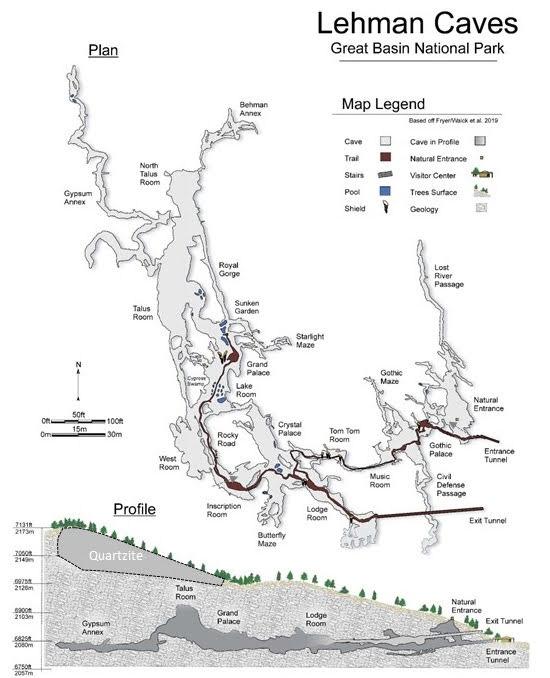
FIGURE 4: (below) The mylonitic bedrock is clearly exposed in only a few places within Lehman Caves. Photo by Tom Wilson.

Long interpreted as having formed near the top of the phreatic (or saturated) groundwater zone, there is now no question that Lehman is a hypo genic cave. However, differentiating hypogenic car bonic acid action from the much more aggressive sulfuric acid speleogenesis (SAS) in a relict cave pres ents more challenges. Most indications in Lehman are not unique to SAS but rely on a preponderance
of evidence. A fortuitously placed, exotic block of quartzite sits over the northern (non-commercial) part of the cave and preserves evidence of the cave’s early history that helps us understand how the cave was developed.
Lehman Caves formed in a mylonitic marble, apparently the top of the bottom plate of the Snake Range Décollement. This famous event around 17 Ma ago tectonically removed about 5000 meters of
stratigraphy above the middle Cambrian Pole Can yon Limestone. As a result, the limestone in this area experienced dynamic metamorphism and became a mylonite. The resulting rebound uplifted and frac tured the Pole Canyon. A large block of quartzite, probably from the older Prospect Mountain Quartz ite, lodged itself within the Pole Canyon and now sits on today’s surface over the northern part of the cave. This largely impermeable cover protected most of

the northern part of the cave from epigenic water infiltration and limits calcite speleothems to fracture lines. Thus, the original characteristics of the cave before the Plio-Pleistocene have been largely pre served. The passages called the Gypsum Annex, first discovered in 1952, is particularly informative.
Walls and ceilings in the Gypsum Annex are covered with gypsum and calcite crusts. The floors are mostly comprised of broken fragments of these crusts. Of particular interest is the presence of a bright, yellow, uranium-vanadium mineral, prob ably metatyuyamunite, scattered within gypsum crusts and on bedrock floors throughout the passage. This rare mineral has been identified in SAS-formed caves around the world. Another feature found in some SAS caves (particularly Carlsbad Cavern and other Guadalupe Mountain caves) are hollow, coral loid stalagmites. These deposits are actually pseudo morphs-after-a-hole! In active SAS caves, the gypsum coatings on the walls and ceilings spontaneously peel off and drop to the floor. When these sediments fall onto dry floors, they accumulate into large, massive deposits, sometimes described as gypsum gla ciers. Water dripping from the ceiling easily dis solves holes in the gypsum deposits. In some cases, the dripping water converts the walls of the holes to more durable calcite through the common-ion effect. Once the gypsum sediment is removed (or compact ed) around the hole, a hollow stalagmite remains, commonly coated with extensive coral-like deposits. There are many examples in the Gypsum Annex and, once recognized, many more have been found in the southern part of the cave.
Perhaps the most compelling evidence, howev er, is an outstanding example of an “acid pool ba sin” within the Gypsum Annex. The site has a clas sic keyhole-shape cross-section, rills on the sloping walls, and a feature we call “pseudoscallops” on the overhanging walls. To understand the importance of these geomorphic features, we need to visit an active SAS cave.
This two-kilometer-long cave in southern Mexico provides many examples of acid pool basins. There
FIGURE 6: An exotic block of quartzite crops out on the surface over most of the northern part of the cave. This relatively impermeable rock prevented most surface water from reaching this part of the cave and allowed preservation of many of the earlier sulfuric acid speleogenetic features of the cave.
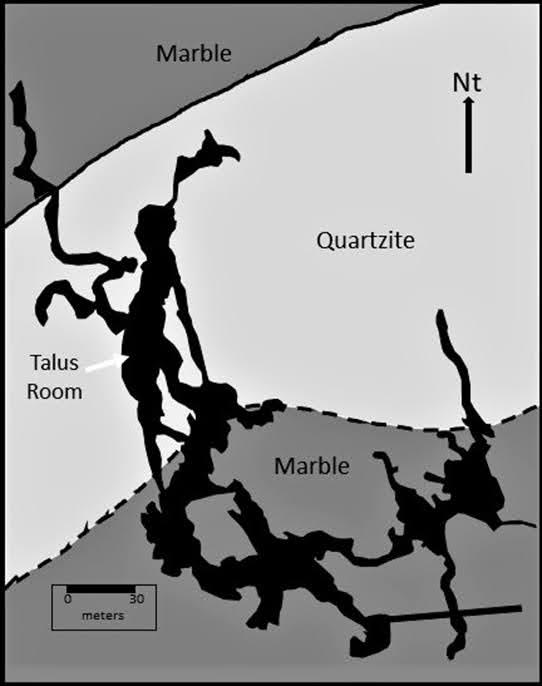
are nearly two dozen subterranean springs identi fied, all providing sulfidic gases and warm moisture into the cave. The air and, especially condensate on the walls and ceilings, is strongly acidic. The result ing gypsum paste wall coatings typically have a pH of 3. Autotrophic bacteria thrive in this environment and release sulfuric acid with a pH ranging from 0-3, although negative pH has been measured.
The springs rise along jagged, steep-walled fis sures and tubes. Some risings are completely anox ic when they enter the cave while others are hypoxic. Above most springs are cupolas and, in a few cases, openings to the surface. The cross-sections of most passages near the springs are keyhole shaped. Gyp sum covers most walls. The microcrystalline “paste” falls onto floors and gathers to form gypsum glaciers,
FIGURE 7: This passage in the Gypsum Annex part of Lehman Caves is a spectacular example of a relict acid pool basin. Vertical channels, or “rills” are present above the overhung wall and pseudoscallops pock the down-facing inclined surface immediately above the old pool water line. Slightly below the pseudoscallops there is an incised horizontal water line or solution notch. The passage wall below the water line has no pseudoscallops and the bottom of the pool basin is smooth. This site likely records the position of the water table at the time the Gypsum Annex passage was being dissolved and is the best example of an ancient acid pool basin in Lehman Caves. Photo by Dave Bunnell.
FIGURE 8: One of many acid pool basins in the active, sulfidic Cueva de Villa Luz in southern Mexico. Note the similarities with the Gypsum Annex acid pool. Deep rills have formed on sloping surfaces while microcrystalline gypsum paste covers overhanging walls. The strongly acidic (typically pH 3) gypsum paste corrodes the bedrock unevenly, resulting in surfaces similar to the pseudoscallops in Lehman Caves. Snottites and biovermiculations are colonies of microbes that make their living by combining sulfide and free oxygen. Both seem to be common in active, sulfidic caves although Villa Luz seems to have the lion’s share of the world’s snottites. Photo on right by Stephen Alvarez.

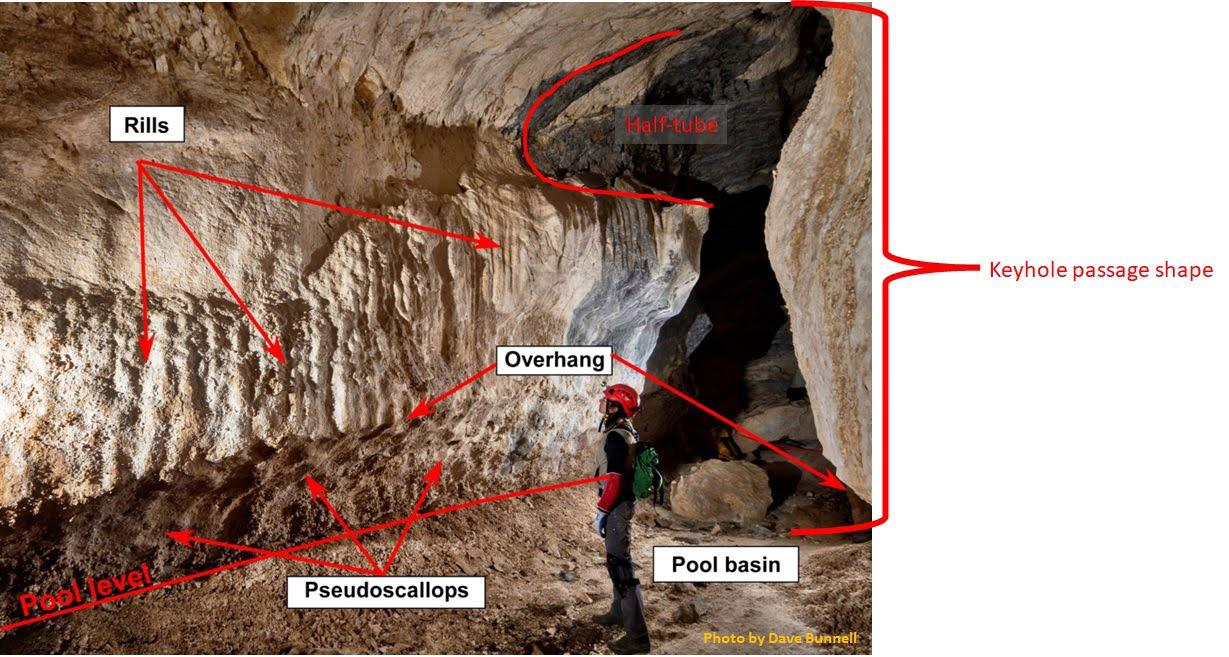
FIGURE 9: Hollow core stalagmites like these are interpreted to be formed within massive gypsum beds as water drips into the gypsum sediments. The common ion effect converted the gypsum sediments surrounding the drip hole to calcite, forming a tube. The gypsum is later dissolved and removed, leaving the calcite drip tube behind. A is from the Gypsum Annex and B is near the tourist trail.
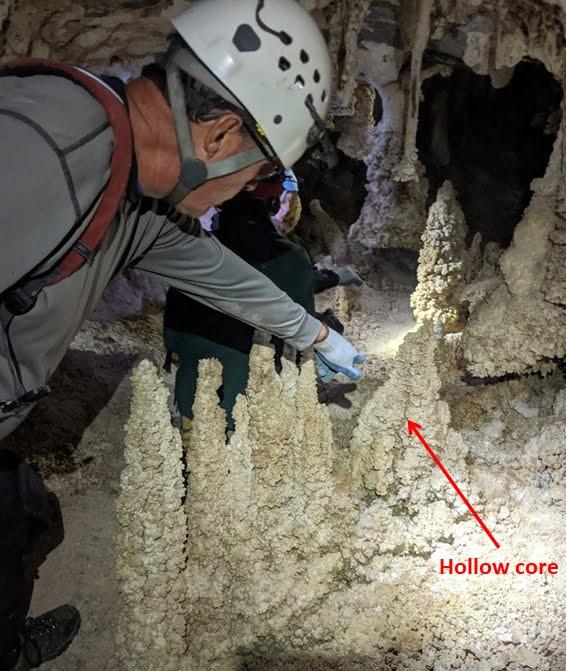
FIGURE 10: This rimmed floor vent attests to the Gypsum Annex’s hypogenic origins. Water vapors rose through this hole in the floor, corroding the walls of the vent through condensation corrosion. The mineral-rich moisture on the bedrock then mixed with the drier Gypsum Annex atmosphere, and evaporated, resulting in mineral precipitation around the rim of the hole.
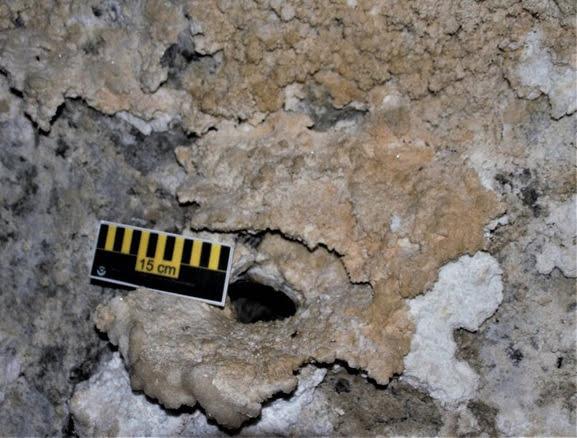

FIGURE 11A AND B: The interface between moist, condensing and corrosive air flow and drier, evaporative air flow is commonly vertical. One explanation is that warmer air flows along the higher parts of the passage corroding the bedrock into soft, highly porous “punk” rock. Cooler air flows along the lower part of the passage and dries whatever moisture is on the walls, resulting in the precipitation of coralloid calcite and aragonite on the upwind-facing sides of walls, pendants, and speleothems. Thus, the preferential growth of cave coral reveals the local air-current patterns. The cave coral encrustations grow where moving air caused evaporation. Condensate moisture that corroded the upper parts of the wall seeps by gravity and capillary gradient down the wall or speleothem where drier air will cause evaporation to deposit crusts. The apparent reversal of air flow may be a result of seasonal changes or convective currents. Some researchers have observed that this pattern is most common in caves where circulation of air is limited and there is little running water. It is also typical of hypogenic caves, both active and inactive, in dry climates. Lehman perfectly matches each of these characteristics. Also, note the keyhole cross-section of this Gypsum Annex passage. Photo by Dave Bunnell.
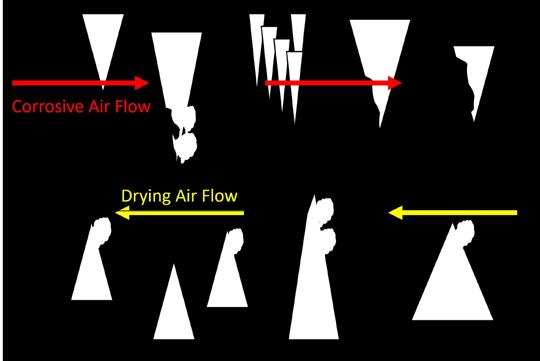

FIGURE 12: (left)
The bright yellow crystals embedded in this gypsum crust in the Gypsum Annex are probably metatyuyamunite, which is composed of uranium, calcium, and vanadium. Photo by Kathy DuChene.
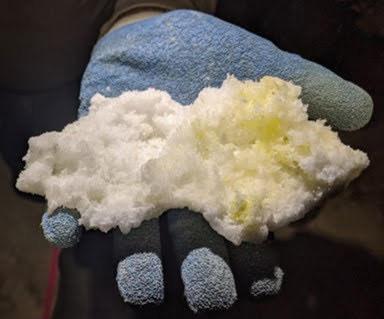
FIGURE 13: (below)
Several cupolas in the ceiling of the Royal Gorge in Lehman Caves. We also see depressionlike pseudoscallops on the wall. Photo by Tom Wilson.
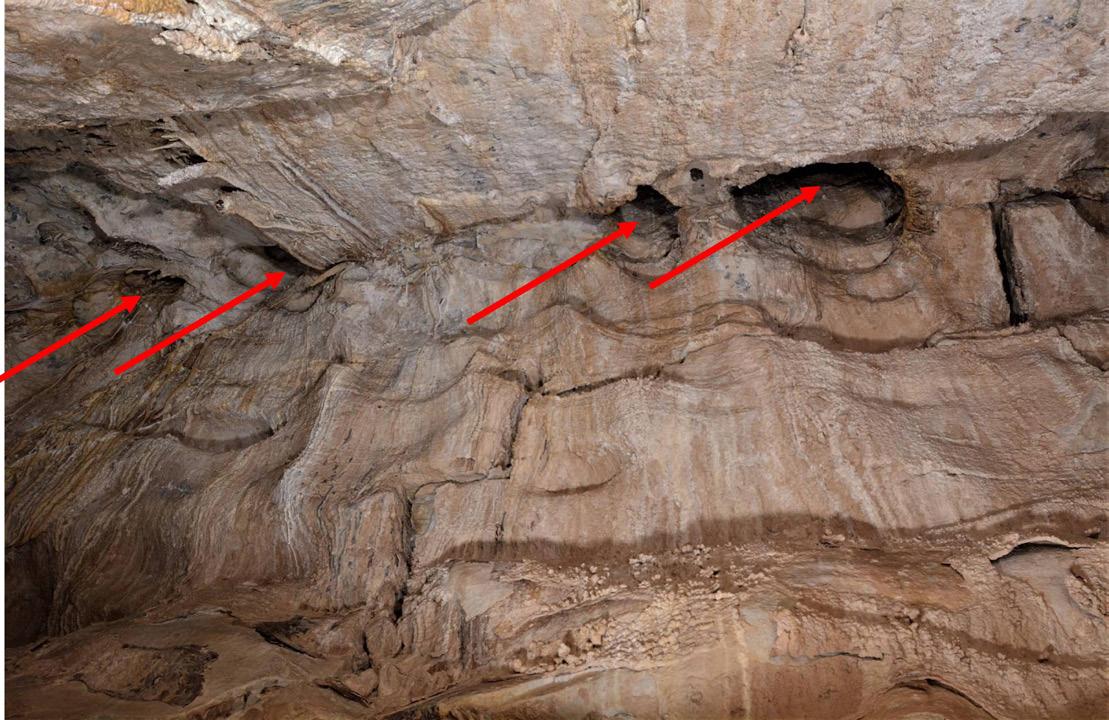
FIGURE 14: An excellent example of a bubble trail. In this case it is probably the route followed by warm, moist, sulfidic air rising from a floor vent and traveling upward along the highest possible path. Photo by Tom Wilson.

FIGURE 15: (above)
Turnip stalactites hang from the ceiling. A rare speleothem, the bulbs of these deposits are hollow encased in concentric spheres of calcite reminiscent of an onion. The scale is in centimeters Photo by Tom Wilson.


FIGURE 16: (left)
The yellow arrow points one of several hundred cave shields in Lehman Caves. Shields form as water oozes under capillary pressure out of fractures and precipitates as a plate on both sides of the fracture. The plates grow further into the cave passage, retaining a median crack, as seen in this photograph. Water that successfully flows out of the crack may deposit dripstone on the lower plate. The model and the red arrow point to turnip stalactites.
»
CONTINUED FROM PAGE 21
or it falls into a stream and is washed away. The larg est gypsum floor deposit has deep holes formed by dripping water from the ceiling. Under the gypsum paste (and acid-producing microbes) on the over hanging walls, irregular divots form that resemble Lehman Caves’ pseudoscallops. On sloping walls and floors, dripping and flowing acid-rich runoff carves deep rills or dissolution grooves. The springs and stream flow through steep-walled slots. This de scription is the classic “acid pool basin” in an active cave system.
What do we expect to see when the water table in Cueva de Villa Luz drops and the cave dries out,
receiving no more hypogenic waters?
• Acid pool basin and other keyhole-shaped pas sage cross-sections throughout the cave, although the stream slot canyons may be filled by material sloughed off the walls and ceiling.
• Gypsum crusts (desiccated and contract ed once the microbe- and water-rich environ ment disappeared).
• Gypsum glaciers with drip holes and fallen crusts on the floors.
• Pseudoscallops on exposed, overhanging bed rock walls.

FIGURE 18: Mass of fallen gypsum that fell from the walls and ceiling in Frasassi Cave, Italy, form a gypsum “glacier” with many drillholes caused by dripping water.
Photo by Daniel S. Jones.
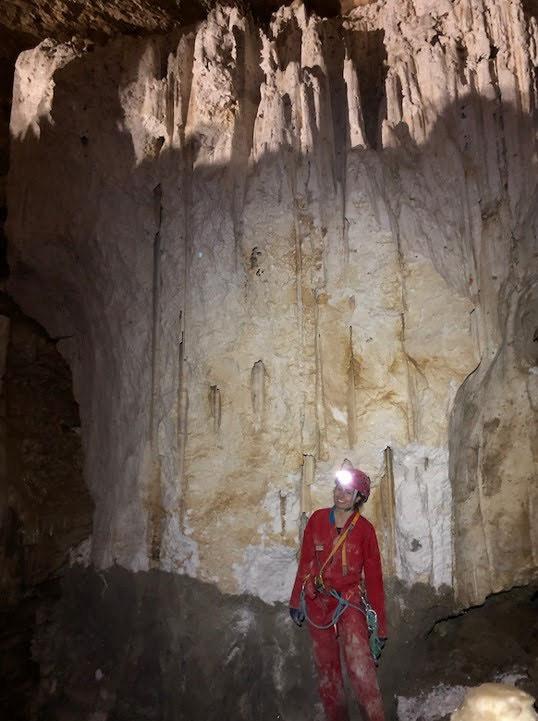
• Hollow stalagmites.
Remnants of all these features are found in the Gypsum Annex and, with a trained eye, most are sub tly displayed along the tourist trails in the southern part of the cave.
Lehman’s story begins, of course, in the Mid dle Cambrian when the Pole Canyon Limestone was deposited off the west coast of proto-North Amer ica and then buried under an estimated 5000-m of younger sediments. The next major event was the Snake Range Décollement event around 17 Ma, when thousands of meters of sedimentary overburden slid off the Pole Canyon resulting in dynamic metamor phism and immense release of burial pressures. A mylonitic marble formed, rebounded, and, undoubt edly, fractured extensively.
Major basin and range uplift of this area occurred between about 10-8 Ma, and it is likely that the phreatic water table lowered in response. Spe leogenesis in Lehman was probably most active when the water table was at the level of the cave or just below. We know from active sulfidic caves that the most aggressive time for passage development is at this stage. Preliminary isotopic analysis by sci entists at New Mexico Institute of Technology and University of Texas at El Paso found the sulfur iso topes to be relatively “heavy”, suggestive of a mag matic source for the hypogenic, sulfidic waters. Basin and Range uplift is thought to have ended in the area about 8 Ma, so it is likely that the cave passages are about 8 Ma or a little older. Speleothem dating tells us that the cave must be more than 2.2 Ma. Two oth er hypogenic caves in the area support this ancient date (8+ Ma) for cave development as they have calcite deposits (folia) that form along horizontal
planes that are now significantly tilted. These spele othems were formed near the top of the water table before Snake Range uplift ceased.
There was plenty of time between the proposed 8 Ma development of the cave passage and the ex tensive speleothem event that started at least 2.2 Ma ago, but we currently have almost no informa tion about that interval. With the Plio-Pleistocene came abundant meteoric water infiltration into the southern half of the cave resulting in extensive cal cite dripstone, flowstone, and pool deposits. It also dissolved and removed most of the gypsum (or con verted it to calcite through the common ion effect). Today, calcite speleothems obscure much of the evi dence of the cave’s early history.
Minor calcite speleothem growth continues in the Holocene. At some point, surface erosion breached the cave in one place and the natural en trance formed. We don’t have good evidence of when this happened, but the lack of extensive secondary deposits or stream erosion products associated with the natural entrance suggests that this single surface connection with the main cave happened in recent times. Once the natural entrance formed, air currents in the cave became an important influence. Many of the speleothems and the bedrock walls in the cave have been extensively corroded by carbon-diox ide-rich air currents. Conversely, the moisture that dissolves one surface may become saturated with calcite and deposit coralloidal speleothems on an other surface. Hence, even today, Lehman continues to naturally change.
If you would like to learn more about the hypo genic speleogenesis of Lehman and other caves of the Snake Range, check out our spring 2021 Geologi cal Society of America virtual field trip
More on Cueva de Villa Luz may be found in our 2000 Chemical Geology paper.

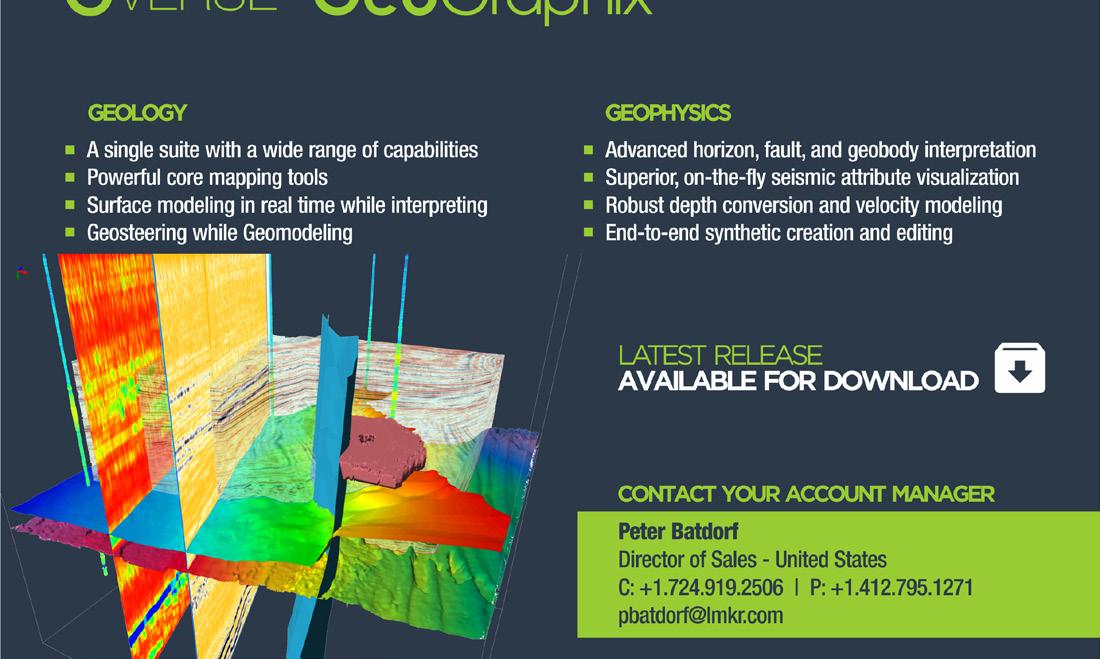
Speaker: Mitch Schneider
Date: December 7, 2022 | 12:00 pm - 1:00 pm

The San Andres Formation is a convention al carbonate reservoir on the Central Basin Plat form that has been a prolific producer of oil and gas, but vertical and lateral heterogeneity within and between fields make reservoir characteriza tion and thus recovery difficult. Carbon dioxide (CO2) flooding has long been used for enhanced oil recovery operations within the San Andres Formation, and some fields unintentionally se quester large volumes of CO2. However, the rock characteristics that allow effective CO2 seques tration (e.g., lateral geological heterogeneity, di agenetic evolution, pore-network dynamics, flu id-rock interactions) are still uncertain. There is a desire to transition these reservoirs into permanent CO2 sequestration sites due to exist ing infrastructure and the history of CO2 injec tion. Using thin-section data from the Goldsmith Field on the Central Basin Platform, we quantify heterogeneity within pore networks to provide
a methodology for ranking these reservoirs into permanent CO2 sequestration sites. Using field-emission scanning electron microscopy, we document the mineralogy and porosity network at the micron scale to quantify pore dimensions, pore-lining minerals, and pore-network het erogeneity between different facies and strati graphic intervals of the San Andres Formation. Integration of this data with existing core-plug porosimetry and field-wide production data, we will quantify the CO2 trapping capability of the San Andres Formation, and thus the viability for a particular field to be converted to a site for CO2 sequestration. This newly collected data and methodology can help make informed econom ic decisions on the future utilization of depleted carbonate petroleum reservoirs, not only in the Permian Basin, but globally.
MITCH SCHNEIDER has a B.S. in Geology from Grand Valley State University and is currently pursuing an M.S. Degree in Geology and a Graduate Certificate in Data Science from Colorado School of Mines. His thesis project is focused on quantifying rock-fabric characteristics that promote CO2 sequestration in the San Andres Formation, Permian Basin. His research interests involve the viability of transitioning depleted oil and gas reservoirs to carbon sequestration sites, and how data science can be utilized together with advanced petrography techniques and core description. Mr. Schneider has worked with FourPoint Energy, Ovintiv, and multiple consulting firms. Outside of his studies, he enjoys archery and spending time outdoors.
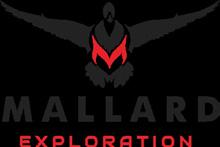

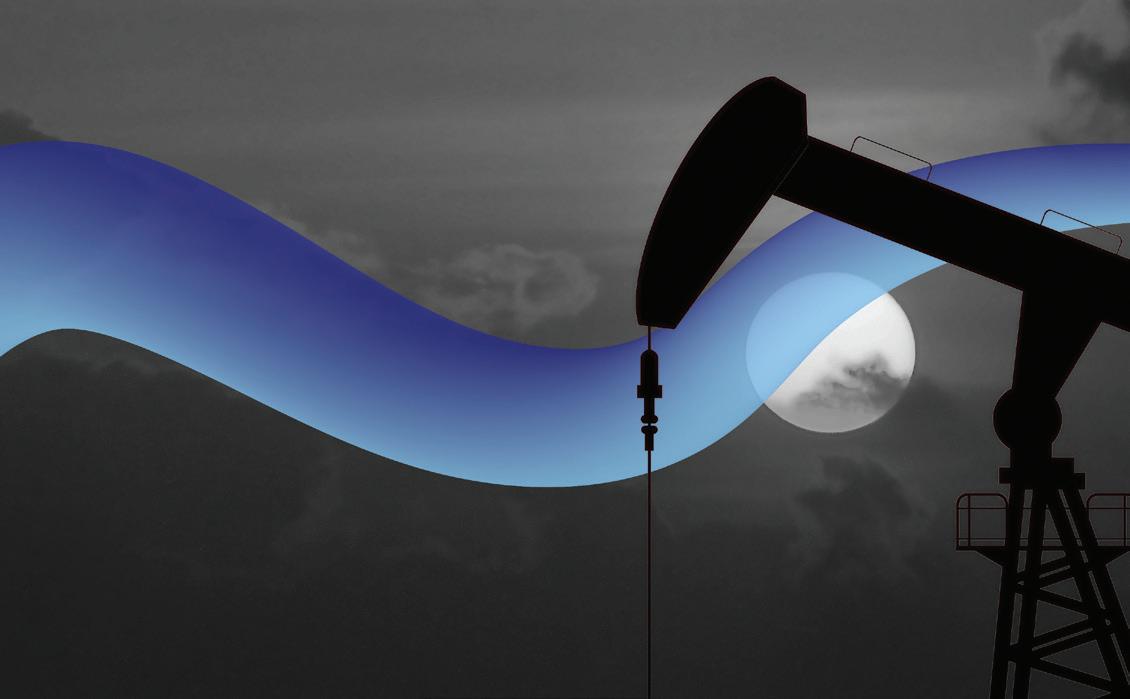
works at SOA and lives in Anchorage, Alaska.
Julia Caldaro-Baird is a Geologist at Somma Geosciences and lives in Highlands Ranch, Colorado.
Allison Craig works at Diversified Well Logging & Labs and lives in Terrell Hills, Texas.
Dan Creighton
works at Amber Oil Inc and lives in Teton Village, Wyoming.
William Horn lives in Castle Rock, Colorado.
is Senior Petroleum Geologist at the New Mexico Bureau of Geology and Mineral Resource and lives in Socorro, New Mexico.
is a Sr Geologic Advisor at Halliburton and lives in Tomball, Texas.
Chris
is retired from ExxonMobil and lives in Houston, Texas.
RMAG Women’s Group Coffee. Denver Earth Resources Library, 730 17th Street, B-1, Denver, CO. 10am
DECEMBER 7, 2022
RMAG December Luncheon. Speaker: Mitch Schneider. Talk: Quantifying Rock Characteristics in the San Andres Formation that Promote CO2 Sequestration, Permian Basin, USA. Maggiano’s Little Italy & Online, 12:00pm
WOGA Lean In 2022. “Strategically Developing Your Network and Personal Brand.” DERL, 730 17th Street, B-1, Denver, CO. 11:00am-12:30pm
DECEMBER 13, 2022
RMS-SEPM Lunch Lecture. Speaker: Jeff May. Talk: The Application of Sedimentology and Sequence Stratigraphy to Correlation Challenges in the Wall Creek and Turner Sandstones, Powder River Basin.” Rock Bottom Brewery, 11:30am-1:30pm
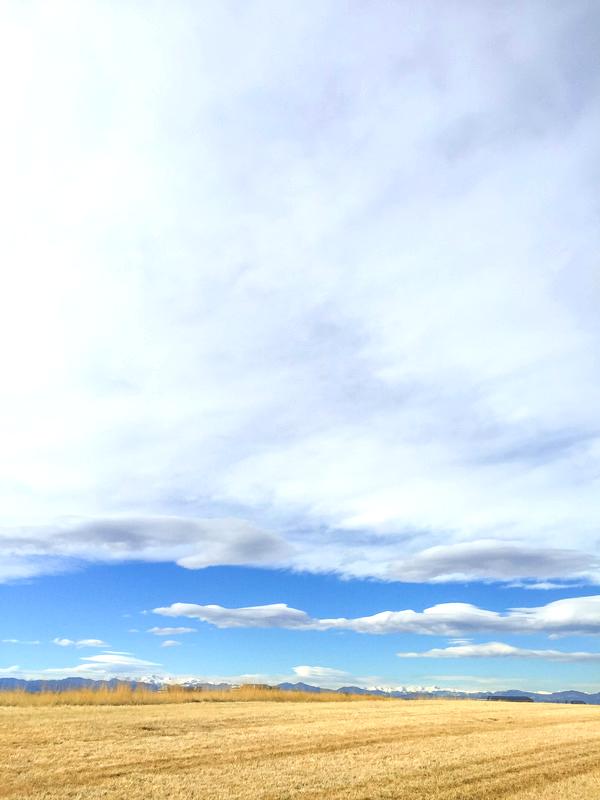







Back in the Jurassic, a dinosaur nicknamed “Stucky” walked with a bunch of his friends across a landscape of wet carbonate mud. It happened on the shores of an ancient lakebed in what is now Pic ketwire Canyonlands in southeast Colorado. Stucky’s preserved trackway was the topic of the day, near ly 150 million years later among a group of very amazed RMAG and Dinosaur Ridge geologists, pale ontologists and guests.
On the weekend of October 22-23, a group of 40 of us set out to observe the largest documented site of sauropod and theropod trackways in North Amer ica. Research shows that in this location over 2100 prints in 120 separate trackways extend across a quarter mile expanse of bedrock within the Morri son Formation. The tracks in the limestone beds are
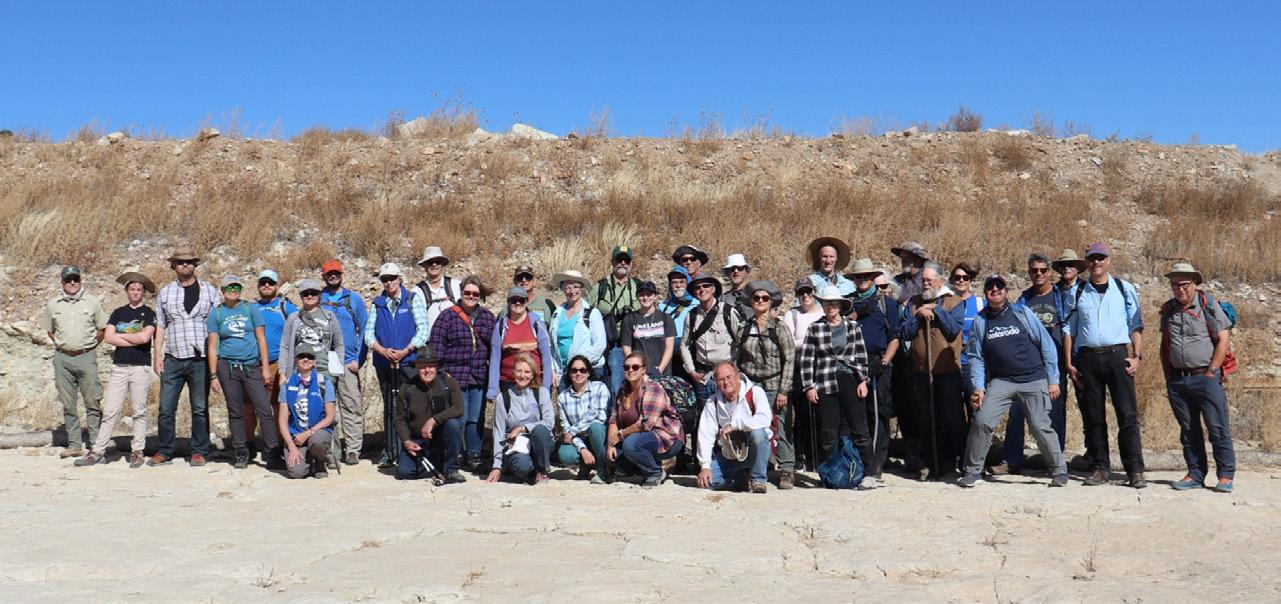
shown pressed into nearly horizontal bedding planes seasonally exposed along the shallow banks of the Purgatoire River. In addition to dinosaur tracks, clams, snails, fish and plant fossils are found there. Thanks to the forward planning of the RMAG On-The-Rocks Committee, in coordination with the Friends of Dinosaur Ridge, knowledgeable experts guided the way to the tracks, an hour drive south from La Junta, CO. They included Dr. Martin G. Lock ley, from University of Colorado (CU), Denver, and Dr. Bruce Schumacher with the USDA Forest Service. They all took turns telling us about the paleontology, geological history, archeology and ongoing research in what has come to be called the ancient Dinosaur Lake area.
The trip kicked off Saturday night at the Student
Left: Dr. Lockley discussing a theropod track (outlined with chalk, on the ground by his feet).
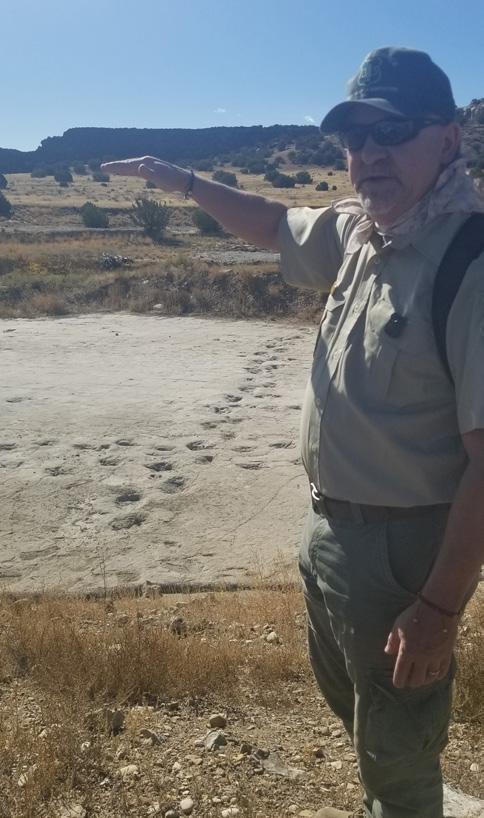
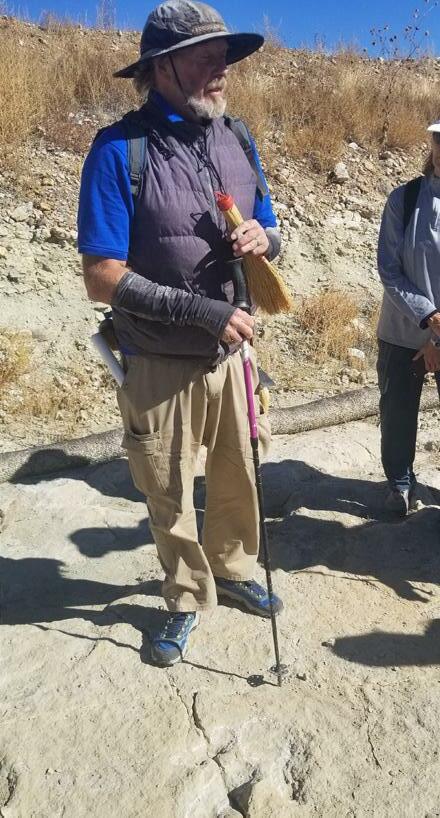
Right: Dr. Schumacher pointing out and describing tracks from a hill above the tracks on the south side of the Purgatoire River.
Below: RMAG and Dinosaur Ridge geologists and paleontologists checking out the dinosaur tracks in the Picketwire Canyon.

Center of Otero Junior College in La Junta where an introductory lecture by Lockley and Schumacher followed an ice breaker and Mexican buffet dinner. First discov ered in 1939 by John MacClary, these big tracks were thought to be from elephants. MacClary was a local writer and submitted the story of his discovery to LIFE magazine, which “put this place on the map.” It wasn’t until 1982 that a research team from CU started serious scientific investigation to document the find. Iden tifying the species of dinosaurs that made the tracks has proved uncertain. Lockley says, “Names are given based on tracks studied in other places, not because we know details about the feet of the animal that made them”. Also, Lockley happily admitted that unlike the study of dino saur bones, which deals with death and putrefaction, the study of trackways deals with how they lived and the understand ing of the animal’s social behavior.
“If you want to become a fossil and you are a bone, tooth or dinosaur track, get buried quickly!” That is the advice of Lockley, world famous dinosaur track way expert. The tracks are believed to be made by these large animals walk ing through wet carbonate mud. The track is baked in the Jurassic sun driv ing off the water, it hardens and then is buried by overlying sediment. The large tracks, some of which include dinosaur skin impressions, may then be preserved. Following that, at some point they are uplifted, exposed by erosion and ulti mately discovered.
Technology has enabled improved data gather ing, documentation and detailed study of the tracks. Today, drones provide an aerial perspective of the site not readily available in the past. Research has focused on quantifying depth, dimension, size and spacing of the tracks themselves. These data are used to create digital elevation models of the many trackways which in turn prompt interpretation of
dinosaur social behavior and life style. The abun dance and direction of tracks at Dinosaur Lake in Picketwire Canyonlands indicate the dinosaurs were traveling east to west as a herd when the tracks were made.
The dinosaurs responsible for the trackways we observed have, yes, nicknames; Tony, Stucky, Junior, Limpy, Moe, Larry, Curley and Baby Cakes.
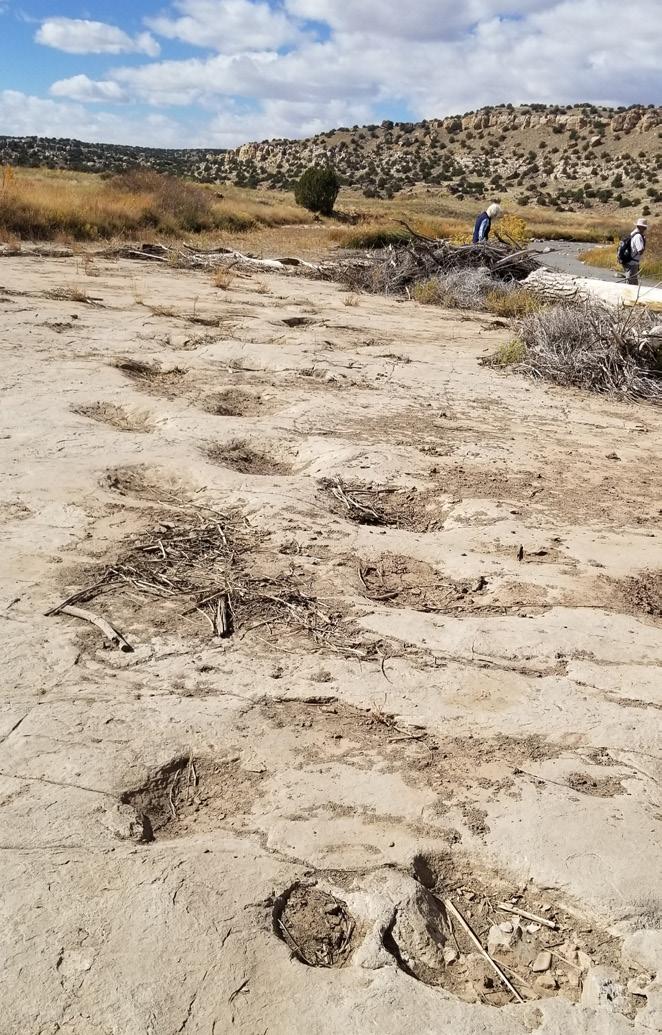
There’s a story behind each name; Stucky was the dinosaur that had the deepest track impressions. The mud was very wet when he walked across it and he sunk down many inches. Tracks can be independent and or overprint each other. Moe’s trackway for ex ample has 20 successive steps in a straight line.
The exposed trackways are ephemeral. Seasonal appearance and disappearance of the tracks is common and caused by Pur gatoire River dynamics. Like any landscape they are susceptible to weathering, erosion and buri al. Their visibility to visitors is at the whim of the water volume and bed load of the Purgatoire Riv er which experiences flash floods raising the water level and depos iting sediment and organic de bris over the tracks. This makes it necessary to periodically re-exca vate the tracks to expose them for study. It also provides a different perspective with each research visit and increases the value of the data gathered.
To enable preservation, re search and funding, it is import ant today to have a national rank ing of dinosaur track sites. For
designations of national monu ments, state parks or other pro tected lands, the area size, number of trackways, species and visitors, etc. are recorded and sites are ranked. Picketwire Canyonlands site, remote as it is, is ranked #5 in the nation.
And one more thing, you are probably wondering what the story is behind the name “Pick etwire”. Well, the settlers in south eastern Colorado had a hard time with the French word “Purgatoire” and “Picketwire” became the easi er-to-pronounce local name.
Thanks to the RMAG On-TheRocks Committee and the Friends of Dinosaur Ridge for organizing such a fascinating trip. If you ha ven’t seen these tracks in person you need to put this amazing place on your bucket list.
Denise M. Stone is a geological consultant in Centennial, CO, and Richard J. Fantel is a retired geolo gist, in Lakewood, CO.
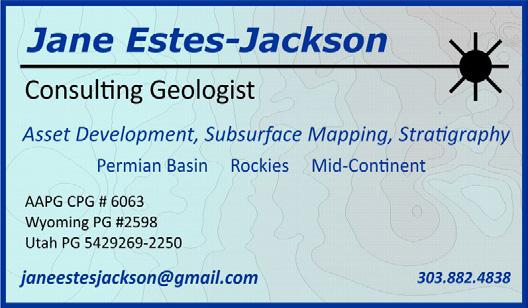
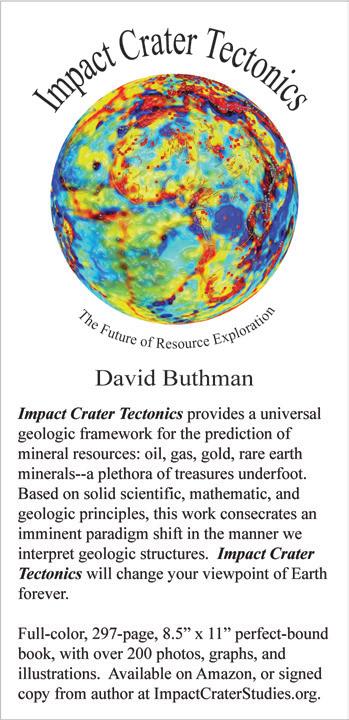
• Dinosaur Lake: The Story of the Purgatoire Valley Dino saur Tracksite Area by Martin G. Lockley, Barbara J. Fillmore & Lori Marquardt.
• North America’s largest
assemblage of Late Jurassic di nosaur trackways, a new look at the Purgatoire Valley dino saur tracksite (Dinosaur Lake), Morrison Formation, south eastern Colorado, United States, Bruce A. Schumacher & Mar tin G. Lockley, 2022, Historical Biology.
RMAG’s Diversity and Inclusion Committee is featuring a monthly Member Corner. We hope you’ll enjoy learning about the diverse community of Earth scientists and wide variety of geoscience disciplines that comprise our membership. If you would like to appear in an upcoming column, or if there is someone you would like to nominate, please contact staff@rmag.org
had to select an emphasis, either Chemical, Physi cal, Geological, or Biological Oceanography. After taking Geology 101, guess which one I picked? I also met my wife there, Keiko Anderson, and we got married the year before we both graduated in 1981.
I grew up in Torrance, California, a beach sub urb of Los Angeles. The most interesting thing is that our neighborhood was built on top of the Tor rance Oil Field. On the lot next to our house was a pumpjack, pulling crude oil out of the ground. So, I guess I was destined to head to the oil patch for my career.
At Torrance High School, I was lucky to take an Oceanography class from one of those types of teachers, Nick Furjanick, who just inspires you! I loved watching the special Jacques Cousteau programs on TV and dreamed of doing that type of work some day. Thus, I signed up for the elective in Oceanography and joined the Oceanography club for many glorious mud-stomping trips in the nearby estu aries. But I also played the drums/percussion in concert, marching, and jazz bands! When I was picking which college to attend, I already had to make a decision on a career path: music or ocean ography? I chose the oceanography path and en rolled at Humboldt State University (now Cal-Po ly Humboldt.)
As an Oceanography major at Humboldt, you
I graduated in 1981 from Humboldt, which was the first year they had recruiters come to our campus looking for geologists. Remember this was 1981, the peak of the oil boom in Denver, and geoscience majors were the top sought-after recruits. The year after that, the price crash put us at the bottom of the list. So, I got hired as a mud logger by Analex (X-Compa nies) in Denver. The first two years I worked all over the Rocky Mountain states (but not in Colorado until later) and even Arkansas. Once I got used to looking at rocks that were ground up and washed through an 8 mesh sieve, I thought that was a great job, really applying my knowledge base.
Analex had a good introductory training pro gram, but I was thrust into the unit leader posi tion on my 2nd mudlogging job! I also learned a lot from talking with the oil company geologists I reported to every day, especially some of the old guys still around at that time. Back then, we had to drive many miles on dirt, mud, or snowy roads to call in on a payphone! Remember those?
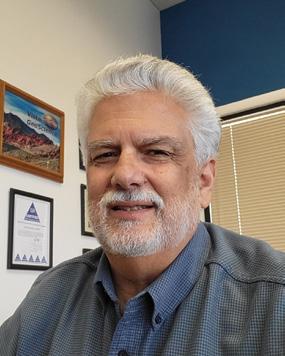
AIPG Certified Professional Geologist and NGWA Certified Well Driller, President and CEO of Vista GeoScience, LLC
After mudlogging, I moved into the geochem ical exploration group at Analex, originally called Detex, applying soil gas geochemistry to explora tion, looking for micro oil and gas seeps in shal low soils. I felt like I was really doing exploration at that point, working with companies to develop new prospects, and that was exciting. After that, I started my own company as a geochemical exploration service and later environmental investigation services.
Analex and Detex went out of business when oil REALLY crashed in 1986. But a couple of good clients, Norm Foster being one, believed in what we were doing, so I started Direct Geochemical Surveys Inc. to continue working in geochemical exploration. Probably because I saw no other way to get a job as a geologist at that time! I purchased the geochemical sampling tools I built from Anal ex, rented lab and office space in another lab, pur chased a used demo gas chromatograph from HP, and I was up and running. Keiko basically supported us for several years with her steady job, since business was very much up and down and my salary was low to none at times. I later found that the same methods and tools could be applied to environmental site investigations and remedia tion projects. So I added that as a service, eventu ally selling the geochem lab to a client in Indone sia. The company is now called Vista GeoScience, and we provide environmental drilling; soil, soil gas, and groundwater investigations; and in-situ remediation services. I like to think of it as a min iaturized version of oil and gas exploration and production. We are still looking for stuff below ground and trying to remove it the most economic way possible!
I joined AAPG and RMAG shortly after arriving in Denver, going on 40 years now. I have also be longed to many other professional organizations
in the exploration and environmental industries. I have served as an officer and even president of some of these organizations. I learned so much from the great networking and educational op portunities these organizations provide, from the relationships I developed, and by serving in them. I encourage any young professional to join the professional organization(s) in their field and get involved.
As a business owner, you face the normal chal lenges, economic downturns, pandemics, and the like, and these can be very difficult times. Unfor tunately, often when things are going well, I also found that a surprising number of people I worked with, or employed, are not ethical or honest by their nature, and have taken advantage of others and myself. I learned (the hard way) how important ethical standards and training are in the professional organizations I belong to, and wish that people got more direct training in these standards.
Teaching my young employees what I know and watching them grow in the skills and knowl edge of our industry, and passing on the passion.
WHAT IS YOUR SECRET TALENT NO ONE KNOWS ABOUT?
I am pretty good at playing the spoons!
I own a 1973 Lincoln Continental Mark IV. It barely fits in my garage, has a 460 cu. In. (7.3L) V8, is black, and gets about 10 mpg. It also was my Dad’s car.
Millie, a rescue dog, Great Pyrenees mix. We go on long walks/hikes on the weekend together. I also have a small saltwater fish tank. (Remember that Jacques Cousteau thing?)
Scholarship information has been sent to select ed 46 colleges and universities in the western U.S. All applicants must be students enrolled in geo science departments and must be in good stand ing academically.
All geoscience categories are eligible (includ ing geology, geophysics, petrophysics, geochemis try, isotope studies, environmental geology, hydrol ogy, planetary geology, geoscience-related machine learning, geothermal, CO2 sequestration, etc.).
A brief synopsis of the various scholarships is included. Application instructions and additional information on each scholarship can be found at the link above.
• Two scholarships, the Gary Babcock and the Dud ley and Marion Bolyard Scholarships, support ex cellence and scientific achievement in any geo science field. The Babcock Scholarship is open to graduate students. The Bolyard Scholarship is open to undergraduate and rising senior under graduates at any school except Colorado School of Mines and Colorado College.
• The Robert M. Cluff Scholarship targets grad uate students who incorporate petrophysical and/or reservoir characterization analyses in their research.
• The Colorado School of Mines Scholarship is des ignated only for CSM graduate students to sup port excellence and scientific achievement in any geoscience field.
• The Norman H. Foster Scholarship is applica ble to graduate students who utilize various ex ploration techniques to locate accumulations of
petroleum. Innovative research with the addition of fieldwork and/or subsurface data will be given special consideration.
• The Michael S. Johnson Scholarship is for petro leum research by graduate students in one of the following states: CO, ND, MT, WY, NE, and UT.
• The Philip J. McKenna Scholarship is only for ris ing senior geology majors at Colorado College. Candidates are selected by the faculty.
• The Stone-Hollberg Scholarship is for graduate students conducting structural geology or geo physics research in the Rocky Mountain region.
• The Veterans’ Memorial Scholarship is designated for a graduate student doing geoscience research who is a veteran or is currently serving in any branch of the U.S. Armed Forces.
The RMAG Foundation Trustees offer our sin cere condolences to the family of Dudley Bolyard who passed away on November 3, 2022. We are indebted to Dudley as a past Foundation Trustee and longtime supporter, and as the founder, along with his wife, Marion, of a scholarship managed by the Foundation. Dudley had an enduring inter est in helping geology students as he, himself, was a scholarship recipient. The Dudley and Marion Bolyard Scholarship is particularly popular in that it offers a generous yearly scholarship to both un dergraduate and graduate students studying many geoscience specialties. Dudley and Marion have designated the RMAG Foundation for contributions in lieu of flowers. For that generous provision, we thank them, and in appreciation, the Foundation will contribute $5000 to the Bolyard Scholarship Fund from the General Fund.
Please join the Foundation in supporting geosciences in our community, the Rockies, and around the world. The Foundation helps fund outreach at Dinosaur Ridge and the Denver Museum of Nature and Science, as well as undergraduate and graduate research via $40,000 in scholarships for 2023, among other types of support. Scan the QR code or visit www.RMAGFoundation.org/donate/ to support the work of the Foundation. Thanks for your help!


Shale reservoirs are complex. This isn’t.

Premier, pay-as-you-go E&P software.
With the Shale Production Optimizer, you now have access to the most popular PIPESIM workflows in one, intuitively simple, pay-as-you-go subscription service. Design your wells. Run artificial lift optimization scenarios. Identify potential bottlenecks in production. Make better decisions based on data—not guesswork.
Learn more at commerce.slb.com/production

production company confluenceresources.com Confluence Resources is an upstream exploration and production company confluenceresources.com

Fun, engagement, and STEM are three of the bywords of the RMAG Educational Outreach Com mittee. And as the COVID pandemic lessened, the committee had a great year returning to in-per son activities!
We kicked off 2022 with virtual talks, first to the Columbine Kiwanis and then the South Metro Rota ry, organized by Logan MacMillan. Titled “Geoscience Education: Who on Earth Cares?” we cheated and gave the answer first: the RMAG cares, greatly. Geo science education is important for the casual tourist (e.g., geology is all around us), an informed populace (science communication, geohazards and risks, soci etal issues including energy), and for the future geo scientist professional. If you are interested in hearing this talk, let us know at edoutreach@rmag.org .
Returning to in-person classroom activities in the Spring, Sarah Compton and Donna Anderson spent a day with about 70 middle school STEM stu dents at Colorado Academy, talking rocks and miner als with our fabulous RMAG Rock Kits. Freeform dis cussions also highlighted varieties of crystalline to micro-crystalline quartz (yes, amethyst is quartz as are some dinosaur-gizzard stones) and the story of Earth’s atmosphere as told by banded iron formation (BIF). Later in the semester, Ginny Gent and Katie Joe McDonough planned and guided a Colorado Acade my field trip to Red Rocks Park.
Katie Joe McDonough, Jeff May, Ginny Gent, and Ron Parker worked with Sarah Edwards, then teaching at the Denver School of Innovation and Sus tainable Design, organizing a day studying Dakota Group rocks at the Turkey Creek outcrop, followed by Dakota core at the Colorado School of Mines. Four high-school students had four mentors helping them describe the rocks and log core, featuring the Dako ta petroleum system and uranium mineralization. The students particularly enjoyed running Ron’s
scintillometer over the uranium roll-front deposit at Turkey Creek. On another Spring day, Rob Diedrich led Sarah and her students on a Capitol Hill build ing stone tour, assisting them in identifying rocks cut from some of Colorado’s historic quarries. To end the Spring semester, Sarah Compton spent a day talking about what geologists do with fourth-graders at Ad denbrooke Classical Academy in Lakewood.
In June, the RMAG and RMAG Foundation pre sented the annual Earth Science Teacher of the Year award to Lisa Taylor, a middle school STEM teach er at Bethlehem Lutheran School in Lakewood (see Outcrop July 2022). The $4000 award was divided equally for the teacher’s personal use and for earth science activities at the school. Lisa was honored in-person at the RMAG luncheon in August 2022. Ap plications for 2023 will open on April 3 and close on June 13: look for that announcement.
In Fall, the committee had four weeks of cra ziness where we participated in activities for Girl Scout Days at Dinosaur Ridge, Earth Science Week at the Denver Children’s Museum, The Center on Col fax, and the Colorado Science Conference for STEM teachers. Rob Diedrich, Logan MacMillan, Katie Joe McDonough, Lloyd Sobel, Dan Bassett, and Shaw na and Nate Gilbertson staffed a booth for Girl Scout Days where over 110 Girl Scouts ranging in age from 6 to 13 learned about the scientific method via rock identification, including halite rock-tasting, for their badge requirements. That same weekend Ginny Gent, Kathy Emme, and Donna Anderson catered to a younger age group at the Children’s Museum. A “Fun with Dirt” theme featured a stream-table replete with buried dinosaurs, constructed by Cat Camp bell. Defying a late October-early November weath er pattern of Thursday afternoon snow, Rob Diedrich conducted a late afternoon Denver Building Stones field trip for LBGTQ+ youth at The Center on Colfax,
From upper left, clockwise: Turkey Creek outcrop by K.J. McDonough; Poster from Geological Society London; Children’s Museum and “Fun with Dirt” by D. Anderson; Colorado Science Conference by L. Sobel; Girl Scout Days at Dinosaur Ridge by R. Diedrich; Committee Zoom portrait; Title slide for talk; Thankyou note from Colorado Academy.
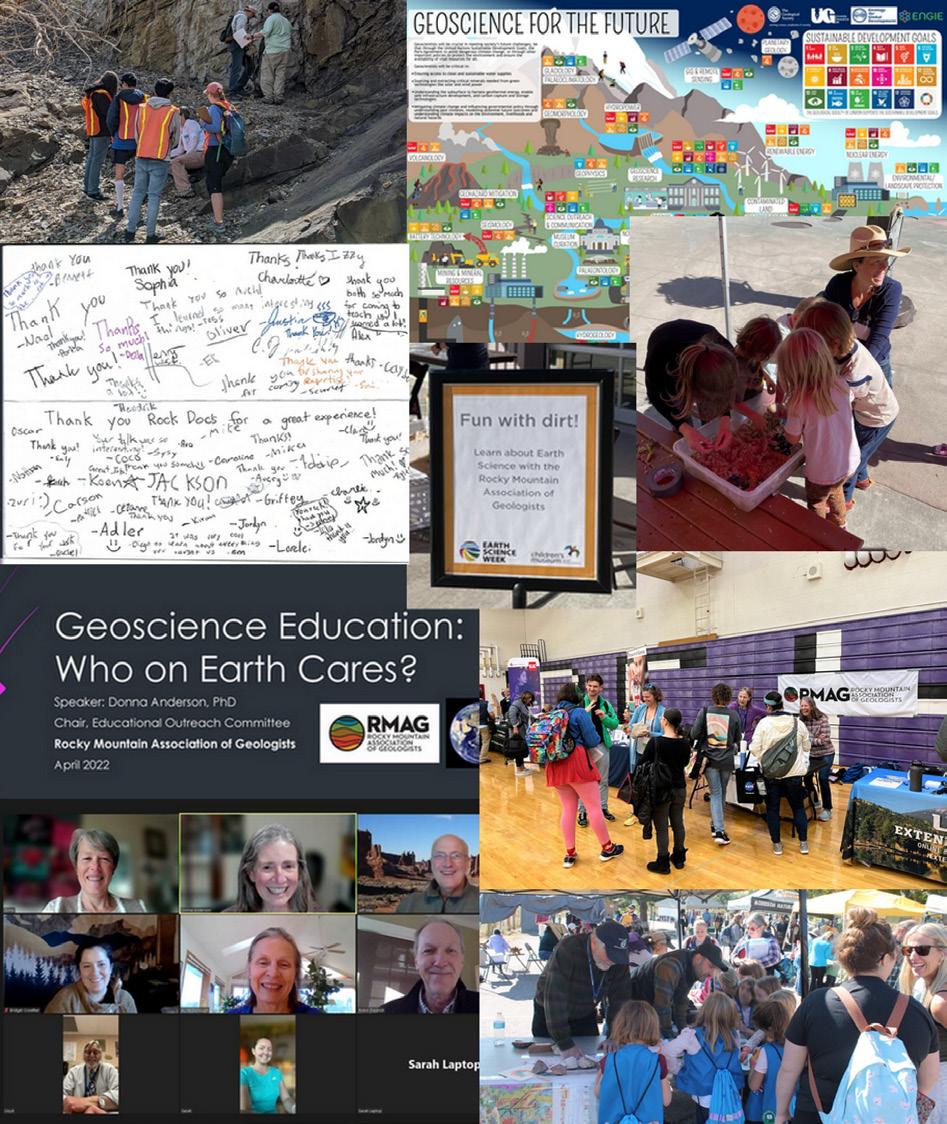
in collaboration with the RMAG Diversity and Inclu sion Committee. In early November, Lloyd Sobel, Cat Campbell, Katie Joe McDonough, and Donna Ander son staffed an RMAG booth at the Colorado Science Conference and talked to about 50 STEM teachers over the day. We exhibited our Rock Kits, sand (Red Sand, Green Sand, White (ooid) Sand, Frac Sand), and a tetrapod dinosaur track from the Dakota Group. The Educational Outreach Committee consists of current and former teachers and industry and
government geoscience professionals. With an ac tive core of seven people, we welcome more! We also maintain an as-needed volunteer list of people who have flexible time during the week and/or on week ends. We are always looking for teacher contacts to participate in educational opportunities. If you are interested in joining our efforts and/or know some educators who would welcome in-person geoscience activities for their classroom, contact us at ed outreach@rmag.org
 By Ronald L. Parker Senior Geologist,
By Ronald L. Parker Senior Geologist,

Skutterudite, cobalt-arsenide CoAs3, (sometimes identified as co balt-nickel arsenide -Co,NiAs3) is a rare, heavy, silvery-metallic mineral that is mined as an ore of cobalt. Skutterudite forms from hydrothermal alteration of mafic and ultramafic precursors (ser pentinites, basalts, peridotites) and is found in medium temperature veins with other cobalt, nickel and iron arsenides, arsenates and sulfides. The structure of skutterudite includes 2 large void spaces that can be filled with other atoms, creating compounds with unique and extraordinary properties. A new high-tech industry has developed to exploit superconductivity, thermo electric flux, and magnetism in “filled” skutterudites. The cobalt extracted from skutterudite is also used in many high-tech applications including per manent magnets, rechargeable batter ies and high-strength, high-tempera ture steels. Skutterudites are known from world-wide occurrence although well-formed euhedral crystals are rare.
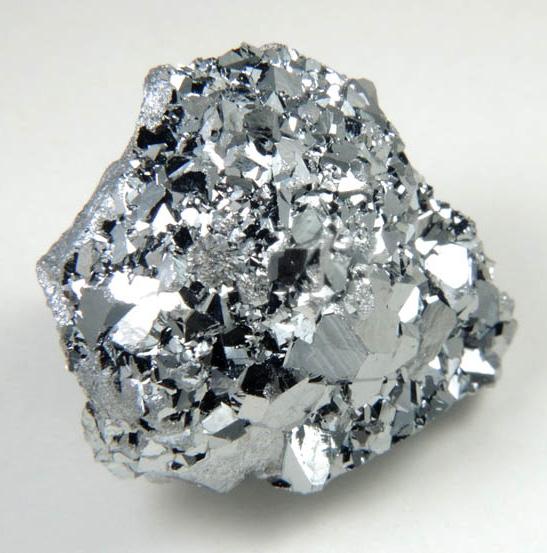
Cluster of brilliantly lustrous gray-metallic skutterudite crystals, Aghbar Mine, Bou Azzer District, Anti-Atlas Mountains, Morocco. Photo used with permission from John Betts Fine Minerals.
Skutterudite is named for Skuter udåsen a hill in Modum, southeastern Norway, where the mineral was first discovered and used as an ore source of cobalt and nickel. Natural skutterudites are well-known to display ranges in their content of Co, Ni and Fe (Roseboom, 1962). Skutterudite can in clude an appreciable amount of nickel (which is next to cobalt on the periodic table) – high nickel skutter udite is called nickel-skutterudite (previously chlo anthite). Skutterudite was formerly known as smalt ite, a designation that was retired in 1943.
Skutterudite crystallizes in the isometric sys tem as the diploidal (pyritohedral) crystal class (2/ mbar3) (Klein, 2002). Skutterudite rarely forms eu hedral crystals, preferring to appear in a massive habit. When crystals do occur, they are commonly as cubes {100} or octahedral {111} forms, often combined (Johnsen, 2002). Dodecahedral {110} and pyritohedral {hk0} forms are less common (Klein,
2002). Skutterudite has a bright metallic luster with a color that is described as being “tin-white” to “pale lead gray”. This color may often appear tarnished. Skutterudite has a hardness of 5.5 to 6, a density of 6.5 g/cc and a gray black streak (Johnsen, 2002). Original use of the term “skutterudite” referred to the specific mineral, cobalt-arsenide CoAs3 1st identified from mines in Skutterud in SSE Norway. The crystal structure of skutterudite was worked out by Ivar Oftedal in 1928, who described this mineral as consisting of a body-centered cubic lattice belong ing to space group Imbar3 (Uher, 2022). The unit cell of skutterudite consists of 8 smaller cubes that have cobalt atoms at their corners. In 6 of these 8 smaller cubes, there resides a square planar ring of arsenic atoms oriented parallel to one of the smaller cube faces. Each Co atom is coordinated with 6 As atoms
(octahedral coordination).
Skutterudite is an ore of cobalt and nickel, two ele ments identified by the USGS as Critical Mineral Resources. Cobalt is an essential element for the health of humans, be ing a crucial component of Vitamin B12 (ATSDR, 2004; Ziwa et. al., 2021). Cobalt ox ide was historically used to color glass – deep cobalt blue and has been used for this purpose since at least 2,600 B.C.E (Hawkins, 2001). Co balt blue has been used as a paint pigment for artists and is remarkable, as are the other inorganic pigments, because they do not fade with time. Cobalt is used in the manufac ture of permanent magnets. Cobalt is used in the manufac ture of rechargeable batter ies. Cobalt is used to manu facture superalloys used for corrosion resistance and high strength in high-temperature applications such as gas turbine engines in aircraft and in space vehicles (Boland and Kropshot, 2011). Cobalt is an alloy in steelmaking, creating one of the hardest and most durable steel alloys for machine tools and drills (Gray, 2009).

Skutterudite forms in veins as the result of medi um- to high-temperature hydrothermal alteration of mafic and ultramafic rocks. Skutterudite is common ly found with other Co-Ni arsenides. Mineral associ ations with skutterudite include nickeline, cobaltite, arsenopyrite, native silver, silver sulfosalts, native bismuth, calcite, siderite, barite, quartz, erythrite, an nabergite, safflorite and rammelsbergite, (Mineral Data Publishing, 2005).
Over the last 40 years, the term ‘skutterudite’ has developed a much different meaning than its original reference to a single mineral. In today’s par lance, “skutterudite” describes a gigantic family of
synthetic substances that have the same cubic crys talline structure as the original skutterudite, but dif ferent elemental compositions (Sales, 2003). Syn thetic skutterudites are possible because of one amazing property of the skutterudite crystal struc ture: it has 2 large voids per unit cell. In 1977, Jeitsc hko et. al. discovered that these openings in the skutterudite structure are large enough to be filled with other elements. Since this groundbreaking dis covery, the list of viable elemental “fillers” has ex panded greatly. Combined with substitution of the original Co and As – while maintaining the same structure – the landscape of ‘filled skutterudites’ has grown tremendously.
So what? Why does anyone care about filled skutterudites? Filled skutterudites are significant be cause the wide array of tailored isomorphic substi tutions significantly modifies the physical properties of the material, giving rise to “…a plethora of fasci nating electronic, magnetic and superconducting
characteristics.” (Uher, 2022, p. xi). As Uher (2022) further states “The scientific in terest in skutterudites has been driven primarily by two phenomena: the fascinating and exotic superconducting properties of filled skutter udites and the prospect that by filling the structural void of the skutterudite lattice, the thermal conductivity can be dramatically reduced, mak ing such filled skutterudites outstanding thermoelectric materials for power generation.” (p.1). The recovery of electricity from waste heat –in automobiles or industri al processes – is likely to be implemented in the very near future (Uher, 2022).
There are 3 main cate gories of synthetic skutter udites: binary, ternary and filled. Binary skutterudites are comprised of 2 ele ments and the general formula is MX3, where M is one of the column 9 transition metals cobalt (Co), rhodium (Rh) or iridium (Ir). The X represents one of the pnictogen (p is silent) elements, phospho rus (P), arsenic (As) or antimony (Sb) (Uher, 2022). [Note: a pnictogen is any one of the elements that re side in the nitrogen group (group 15) of the periodic table. Formerly known as Group 5A, these elements include nitrogen (N), phosphorus (P), arsenic (As), antimony (Sb), bismuth (Bi), and moscovium (Mc). The two lightest pnictogens are significant as being essential elements for life]. Binary skutterudites are diamagnetic semiconductors. Ternary skutterudites are modified binary skutterudites, where the M site cations have undergone isoelectronic substitution by a pair of elements from periodic table columns 8 and 10 or pnictogen replacements from columns 14 and 16. As you can imagine, the complexity of these synthetic skutterudites can magnify quickly and this
is even more apparent with the filled skutterudites. The large voids in the skutterudite structure are sizable enough that they can accommodate a large list of ions from the alkali, alkaline earth and rare earth sections of the periodic table as well as lithi um (Li), thallium (Tl), tin (Sn), indium (In) and gal lium (Ga). A special example of a filled skutterudites includes LaFe4P12, which was the 1st to demonstrate superconductivity. The literature on filled skutter udites is dense and beyond the scope of this article. Two recent books by Uher describe the physics and chemistry of Skutterudite Thermoelectricity (2021) and Skutterudite Superconducting and Magnetism (2022).
The type locality for skutterudite is Skutterud, along the SSE coast of Norway. Skutterudite is also known from worldwide occurrence, including: Co balt, Ontario, Canada; Annaberg and Schneeberg in Saxony, Germany; Lolling, Austria; Gistain Valley, Spain; Kirkcudbrightshire, Scotland; and Cornwall,

England. The most famous locality for well-crystallized skutterudite is in the Ouar zazate Province, in the An ti-Atlas Mountains of Morocco at Bou Azzer. All of the pho tos in this article hail from this locality. Bou Azzer min eralization followed leaching of underlying Neoproterozoic serpentinized mantle per idotites by hydrothermal flu ids. Ore deposition responded to increasing pH and chang es in redox state (Ahmed et. al., 2009).
In the United States, skut terudite is known from: Cha tham, Connecticut; Madison County, Missouri and Frank lin, New Jersey (Mineral Data Publishing, 2005). That skutterudite is noted from worldwide occurrence, as is amply shown in the lo calities page on Mindat (https://www.mindat.org/ min-3682.html).
Author’s note: Skutterudite has been my 2nd fa vorite mineral for about 20 years and this is solely a product of the fact that skutterudite is so fun to say.
• https://www.minerals.net/mineral/skutterudite. aspx
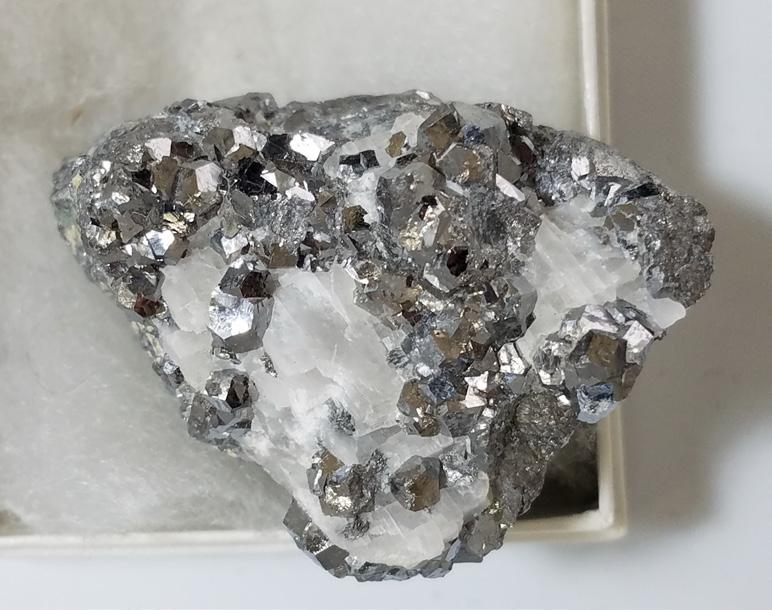
• https://en.wikipedia.org/wiki/Skutterudite
• https://www.mindat.org/min-3682.html
• https://webmineral.com/data/Skutterudite.shtml
• https://rruff.info/doclib/hom/skutterudite.pdf
• https://elements.visualcapitalist.com/wp-con tent/uploads/2021/09/all-of-the-metals-one-vi sualization.html
Ahmed, Hassan Ahmed, Arai Shoji and Moha Ikenne, 2009, Mineralogy and Paragenesis of the Co-Ni Arsenide Ores of Bou Azzer, Anti-Atlas, Morocco, Economic Geology 104(2): 249-266.
ATSDR, 2004, Toxicological Profile for Cobalt, U.S. Department of Health and Human Services, Agency for Toxic Substances and Disease Regis try, https://www.atsdr.cdc.gov/ToxProfiles/tp33. pdf Accessed 9/12/2017
Boland, M.A. and S.J. Kropschot, 2011, Cobalt – For Strength and Color, U.S. Geological Sur vey Fact Sheet 2011-3081, 2 p., available at https://pubs.usgs.gov/fs/2011/3081/ Accessed 11/25/2022.
Gray, Theodore, 2009, The Elements: A Visual Ex ploration of Every Known Atom in the Universe, New York, New York: Black Dog & Leventhal Pub lishers, Inc., 240 pp.
Hawkins, M., 2001, Why We Need Cobalt, Applied Earth Science, 110(2): 66-70.
Jeitschko, W. and D. J. Braun, 1977, Acta Crystal logrifa, B33:3401.
Johnsen, Ole, 2002, Minerals of the World: Prince ton University Press, Princeton, N.J. 439 pp.
Klein, Cornelis, 2002, The 22 nd Edition of the Man ual of Mineral Science: New York, John Wiley & Sons, Inc., 641 pp.
Oftedal, I., (1926) The Crystal Structure of Skutter udite and Related Minerals: A Preliminary Paper, Norsk Geologisk Tidsskrift, https://rruff-2.geo. arizona.edu/uploads/NGT8_250.pdf Accessed 9/20/2017.
Roseboom, Eugene H., 1962, Skutterudites (Co, Ni, Fe) As 3-x: Composition and Cell Dimensions, The American Mineralogist, 47: 310-327.
Sales, Brian C., 2003, Filled Skutterudites, Chapter
211 in Handbook on the Physics and Chemistry of Rare Earths, ed. By K.A. Gschneidner, Jr., J.-C.G. Bunzli and V.K. Pecharsky, 33:1-34.
Smith, C. G, 2001, Always the Bridesmaid, Never the Bride: Cobalt Geology and Resources, Applied Earth Sciences, 110: 75-80.
Uher, Ctirad, 2001, Chapter 5: Skutterudites: Pro spective Novel Thermodynamics, in Semiconduc tors and Semimetals, 69: 139-253.
_______________, 2021, Thermoelectric Skutterudites, Boca Raton: CRC Press, 376 pp.
_______________, 2022, Superconductivity and Mag netism in Skutterudites, Boca Raton: CRC Press, 312 pp.
Ziwa, Gabriel, Rich Crane, Karen A. Hudson-Edwards, 2021, Geochemistry, Mineralogy and Microbiology of Cobalt in Mining-Affected En vironments. Minerals, 11:22 pp. http://dx.doi. org/10.3390/min11010022
